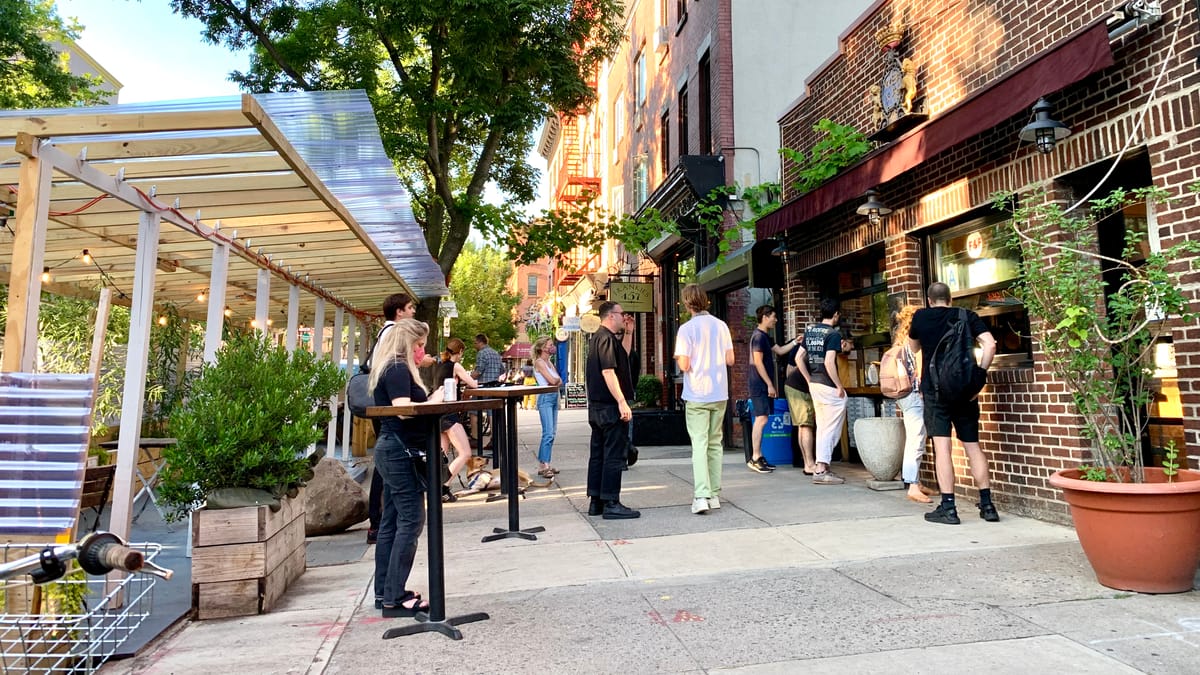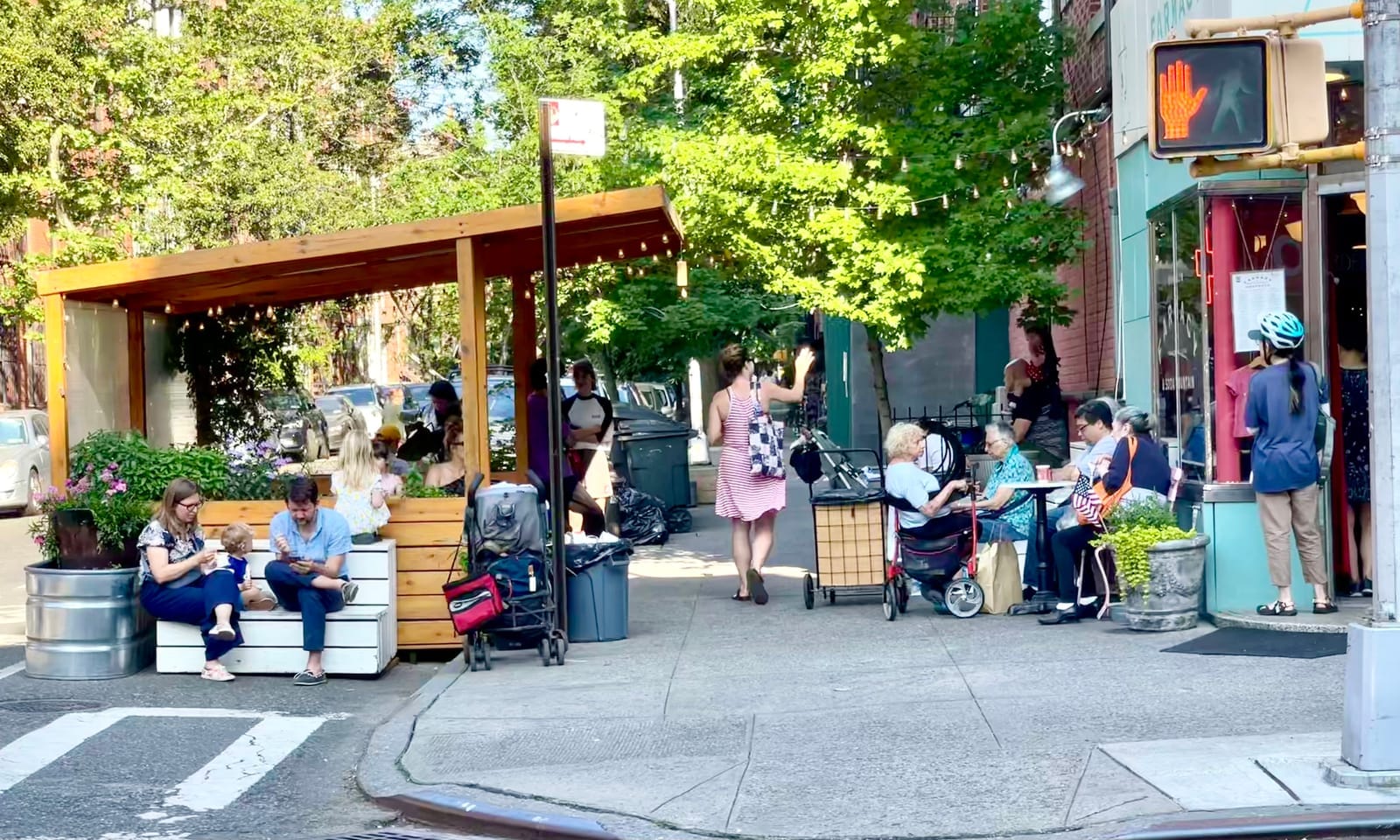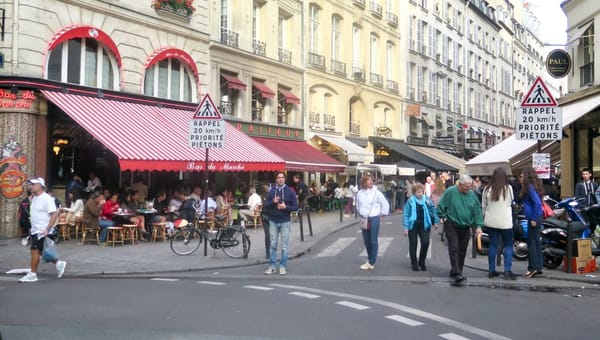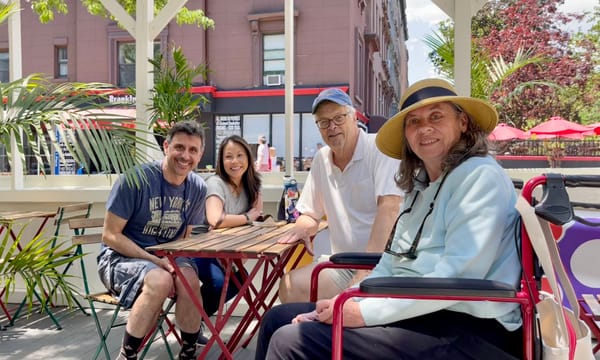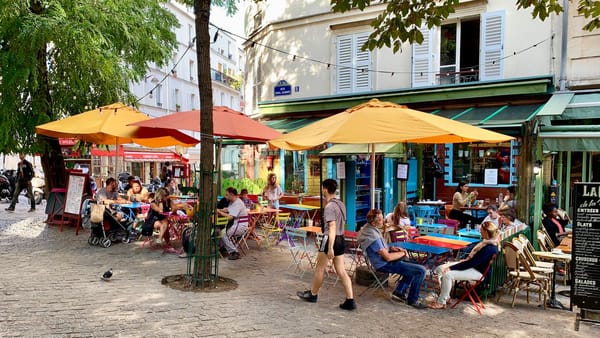Most of our sidewalks are simple passageways from point A to point B. Walking along them is just another way of moving through space, like driving or cycling. Only serving this basic function leads them to greatly underperform as the important public places that they are. In most situations they are no more than narrow corridors, having given up much of their width to add capacity for cars.
This has reduced their ability to be forums for social and commercial activity. What's more, any "friction" to car movement on sidewalks such as people stopping to talk or shop is not considered a benefit in the street network system because it impedes cars moving as quickly and smoothly as possible. In our current car culture, sidewalks are not considered key platforms for social life and economic prosperity, even though those have historically been their main functions in a city.
The responsibility of creating Complete Streets was recently added to transportation departments in an attempt to expand the role sidewalks serve in cities. However, the way they've approached it so far leaves much to be desired. The way to truly create vibrant and multi-functional sidewalks is through double loading, bringing the inside out, and adding outdoor dining areas. These activations transform sidewalks from mere transportation corridors into a series of "rooms" where things happen, people gather, and everyone wants to be, rather than just pass through.
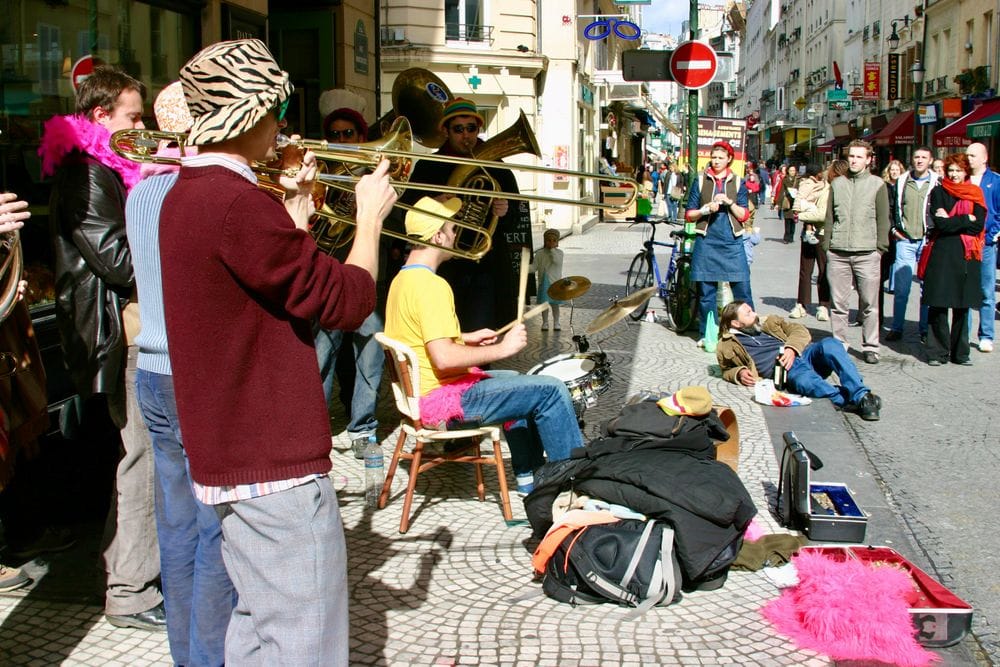
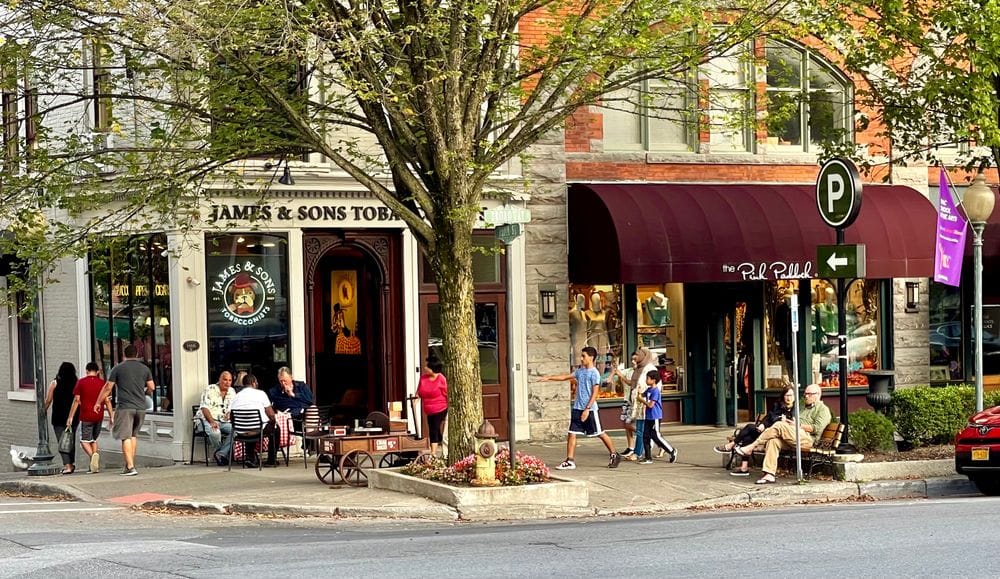
Designing sidewalks to support social and economic life through these kinds of activations represents a fantastic example of how Placemaking can transform neighborhoods and cities. For example, great dining sheds are those that integrate perfectly into their neighborhood setting. They reflect the community, interact with adjacent businesses and public places, and represent a way for neighborhoods to evolve and shine by defining themselves from the inside out. They are an essential component of interesting, enjoyable, and thriving urban life.
Here are 14 reasons why dining sheds are so important:
1) They Create Social Hubs/Gathering Places – NYC's dining sheds created social hubs that attract people of all kinds to gather together. They are a quintessential example of creating shared community spaces. When everything in a city happens behind closed doors, the public doesn't see it and the city doesn't come alive with activity that draws people in. Street dining creates hubs of social vibrancy that brings vitality to urban life.
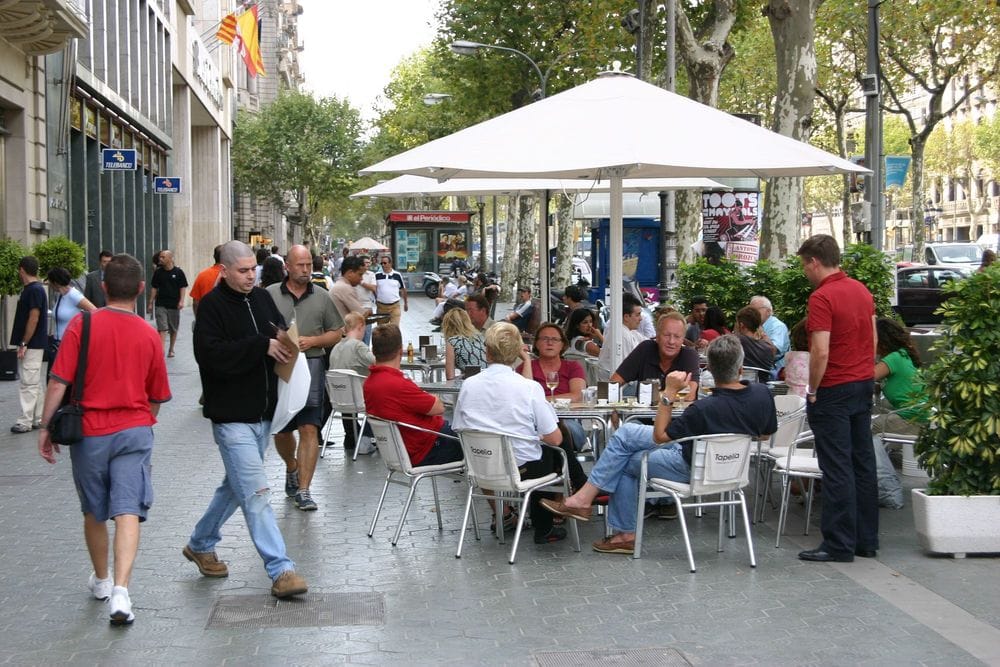
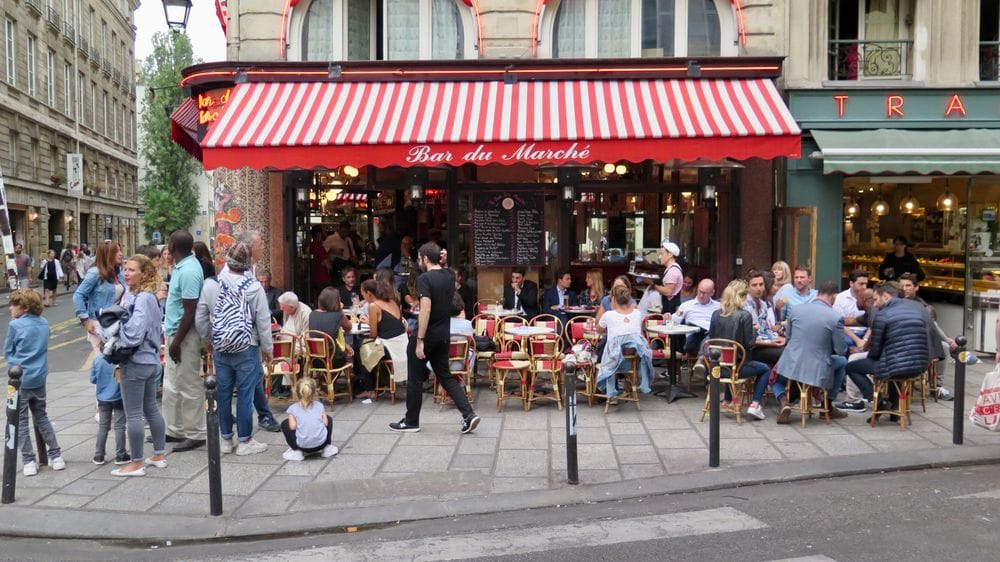
2) They Strengthen the Local Economy – Placemaking in the form of dining sheds can build a strong local economy by helping businesses attract foot traffic and customers. Local businesses thrive when their offerings are in the public realm so people passing by can see them and interact with them. Owners can also better connect with their patrons when they go outside their establishments, thus creating friendships with residents and turning businesses into beloved community establishments.

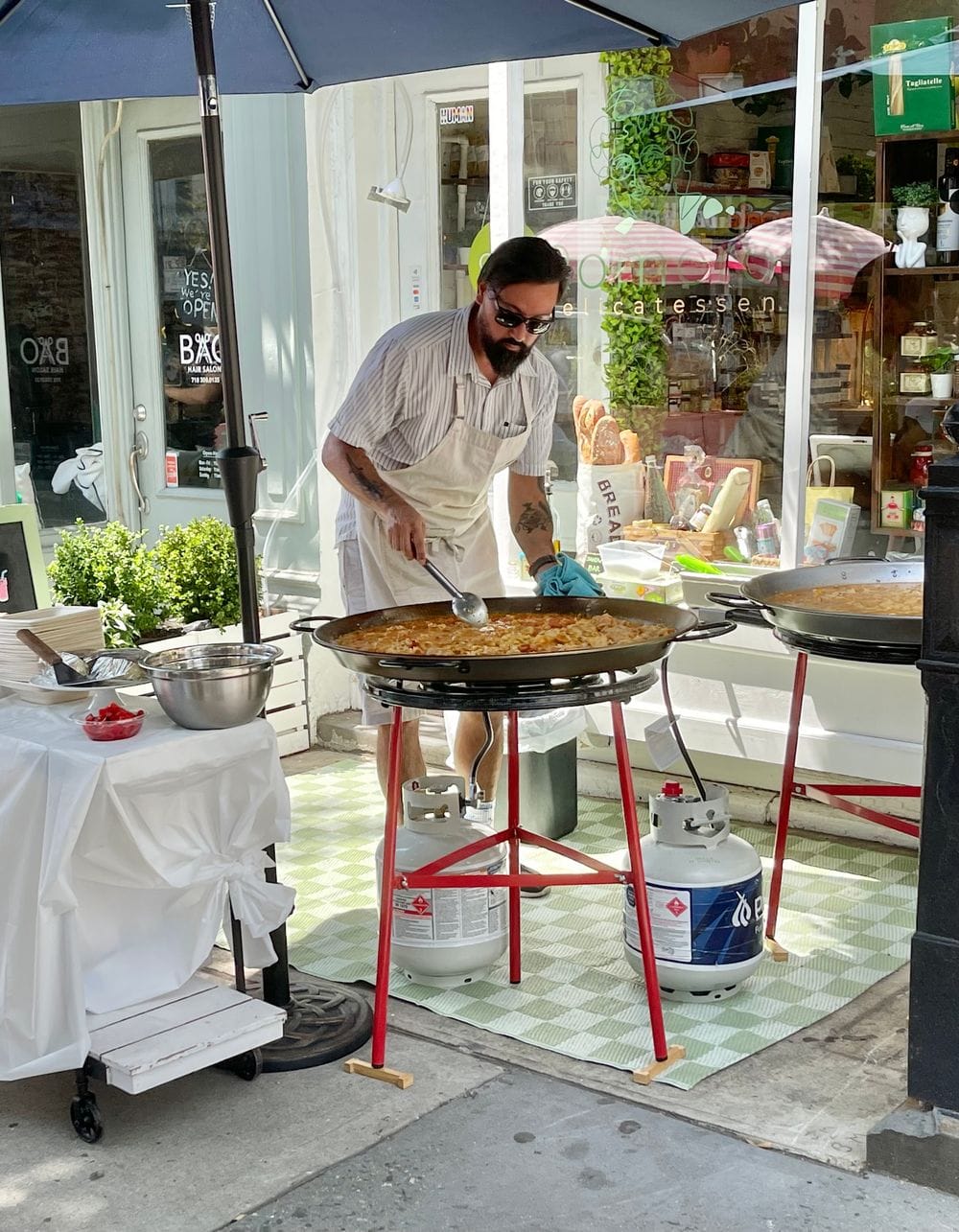
3) They Make the Streets More Beautiful – Outdoor dining constructions are often beautiful and enhance the experience of being out in the city. Business owners put great effort into making their street dining attractive and interesting so as to draw in customers, therefore it often becomes a wonderful addition to the streetscape.
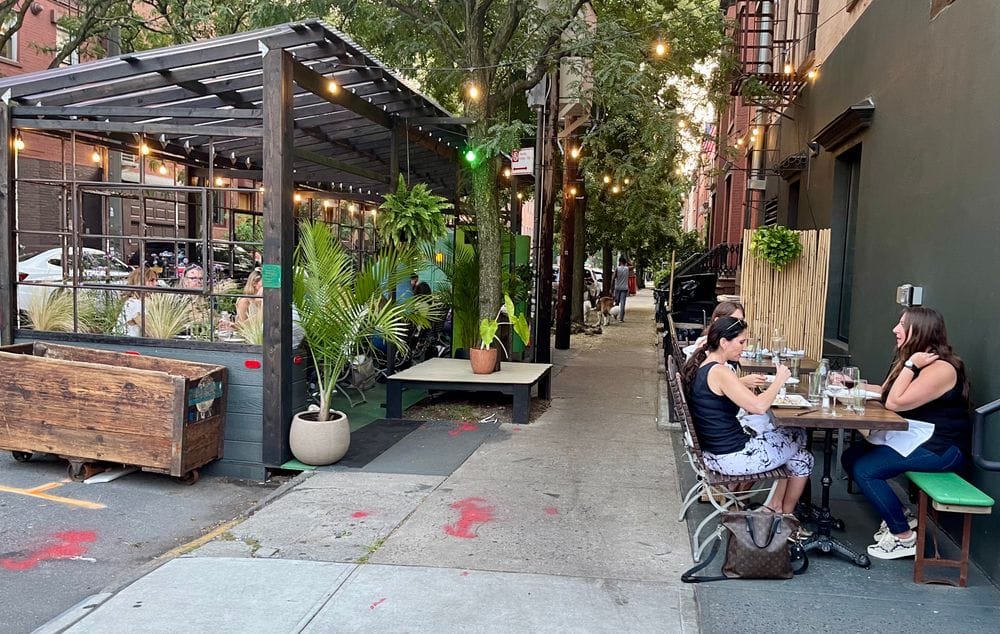
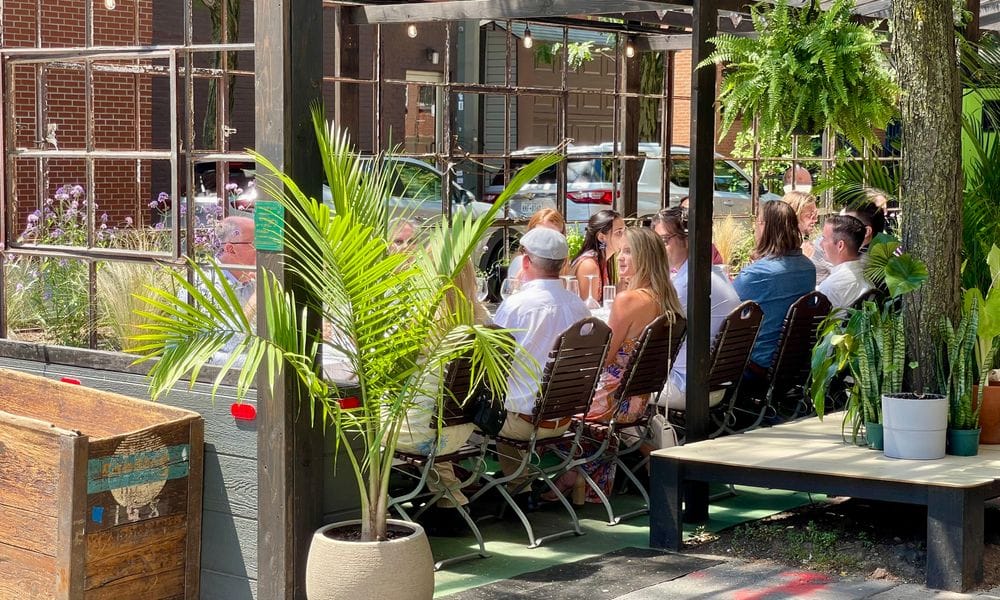
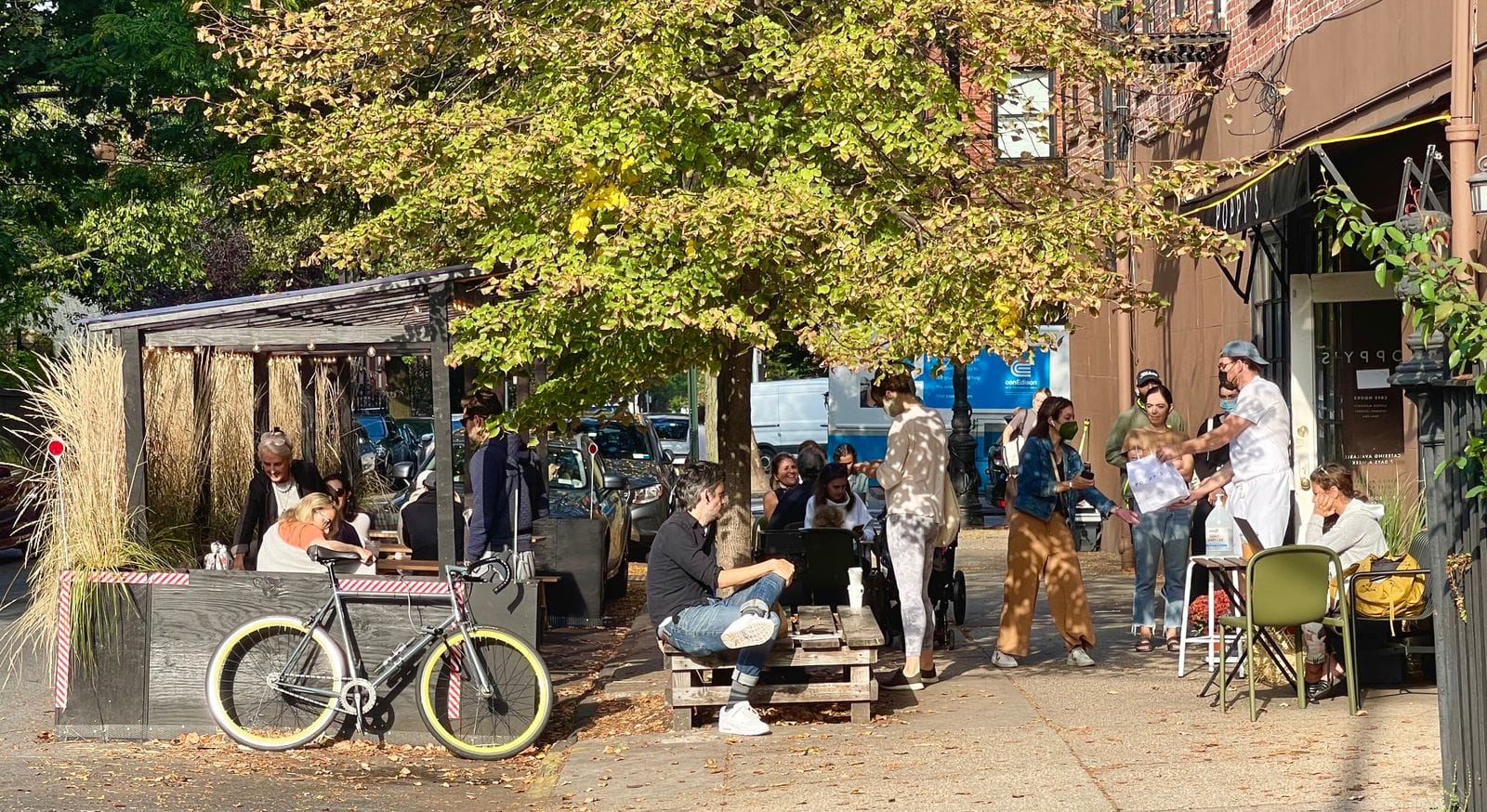
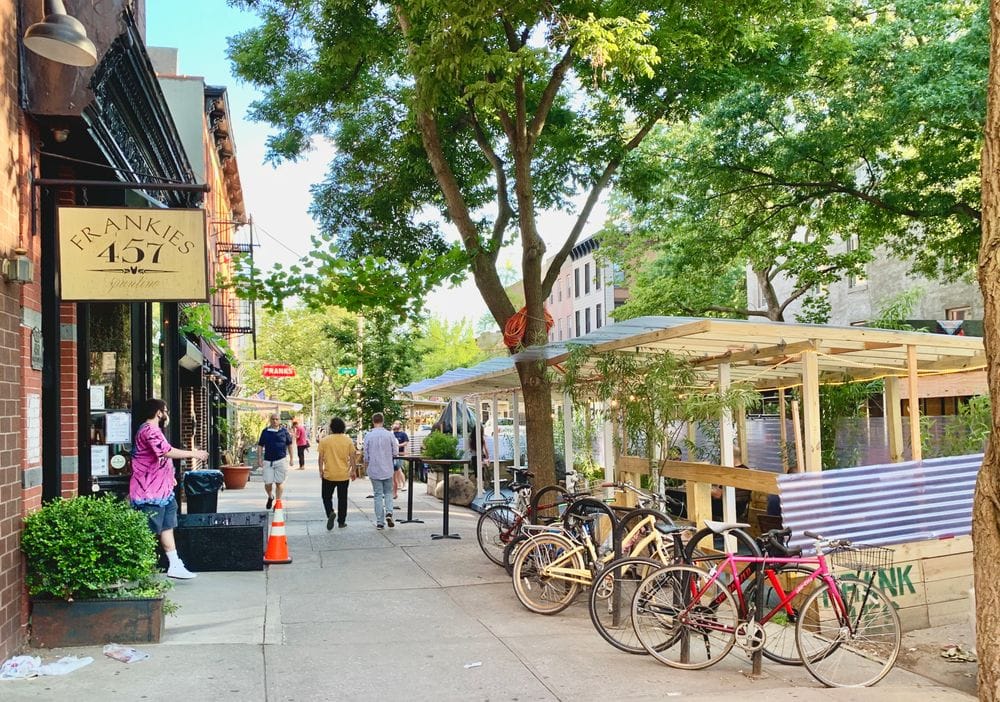
4) They Make Neighborhoods Unique – Placemaking is a means to respect and reflect the uniqueness of communities, making a city more and more characterized by distinct and special neighborhoods. Dining sheds are a great example of this. The best ones are perfectly integrated into their surroundings and reflect their owners and residents. They allow neighborhoods to define themselves from the inside out.
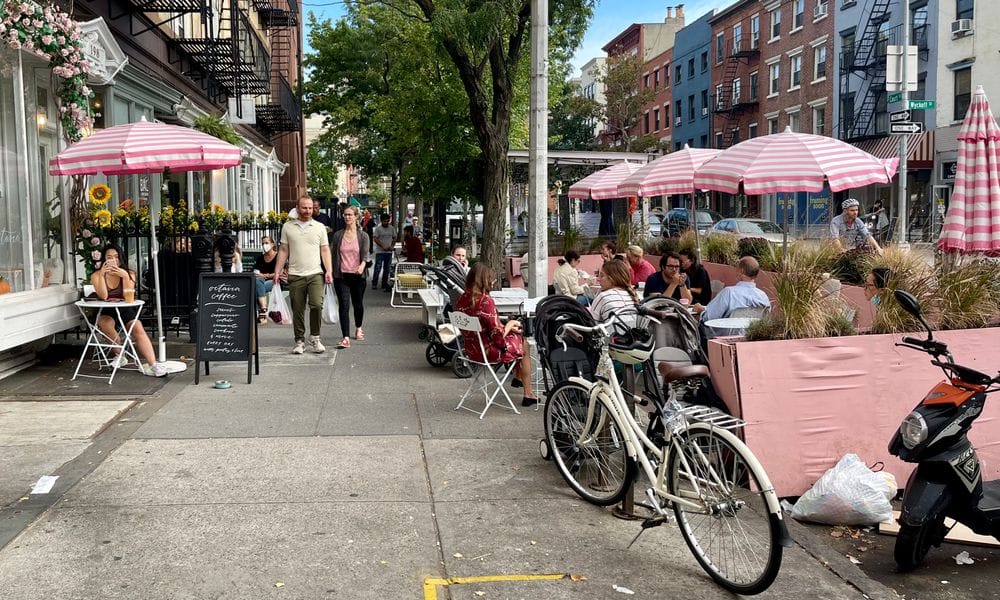
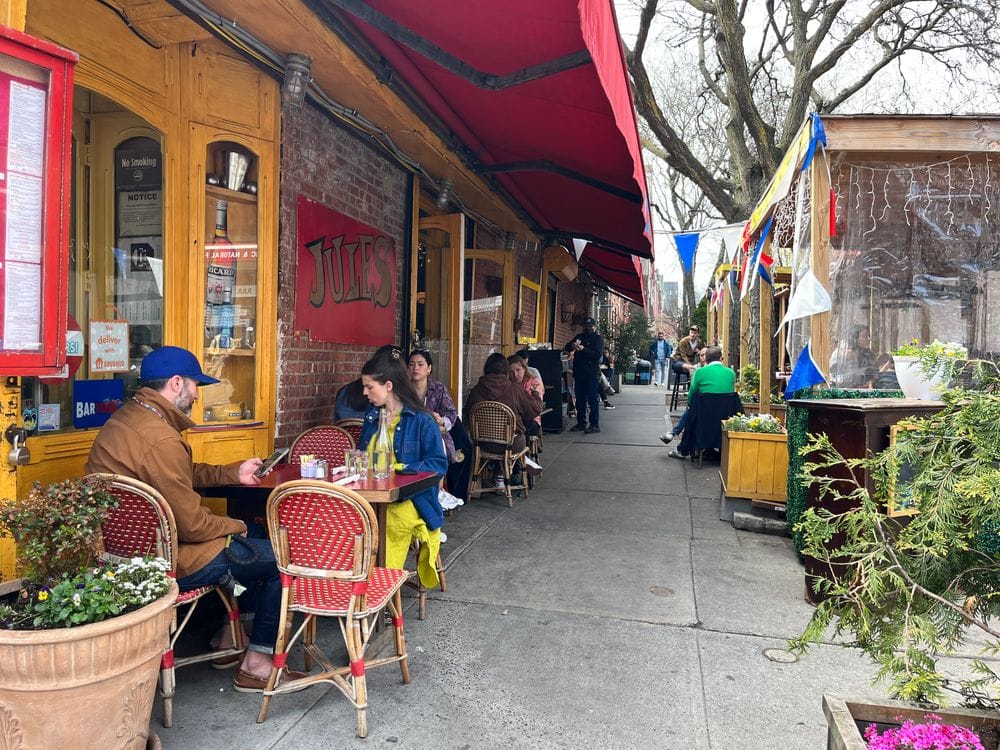
5) They Create Year-round Street Activation – Having dining sheds available all year means the public realm is welcoming and interesting all year. People don't stop wanting connection and fun once temperatures drop. So it doesn't make sense to get rid of dining sheds then. Dining sheds must exist year around. Winter is a wonderful time to celebrate the season and gather.
For example, the Winter Social in Brooklyn (an event that brought neighbors together in a local park) thrived during the winter. Many outdoor seating areas in cold countries like those in the north of Europe also flourish during colder months. Outdoor dining areas keep cities "open" for exploration, creating year-round destinations for residents to enjoy.
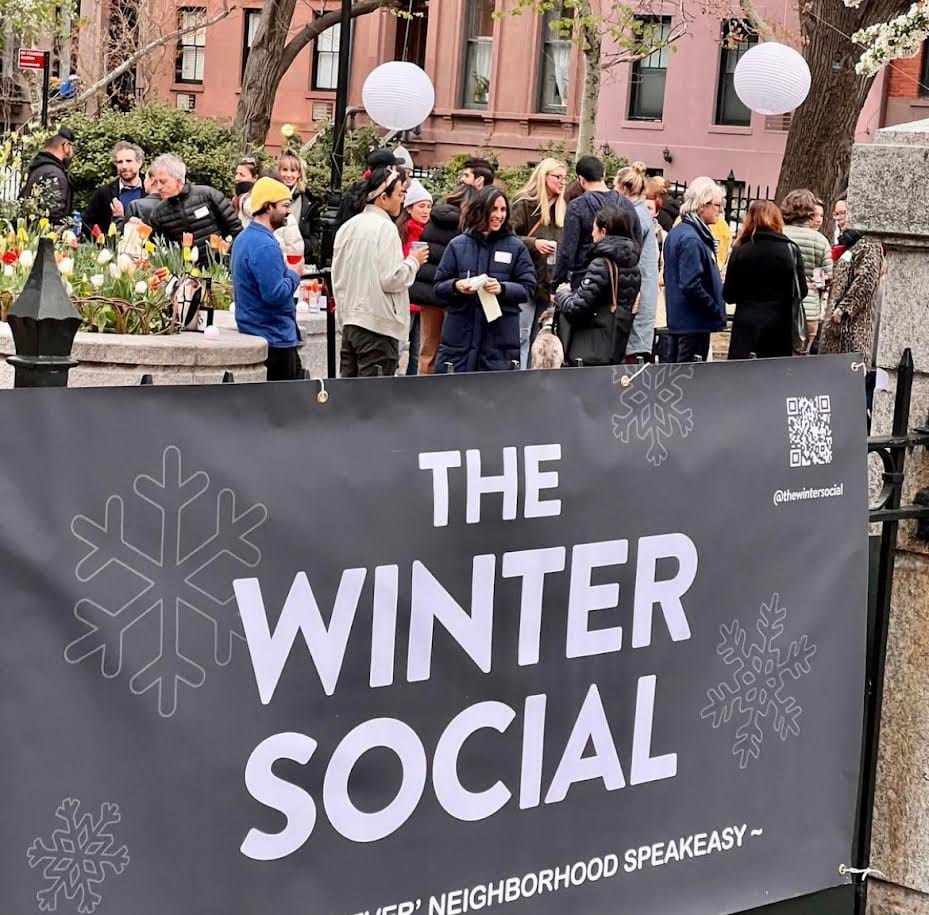
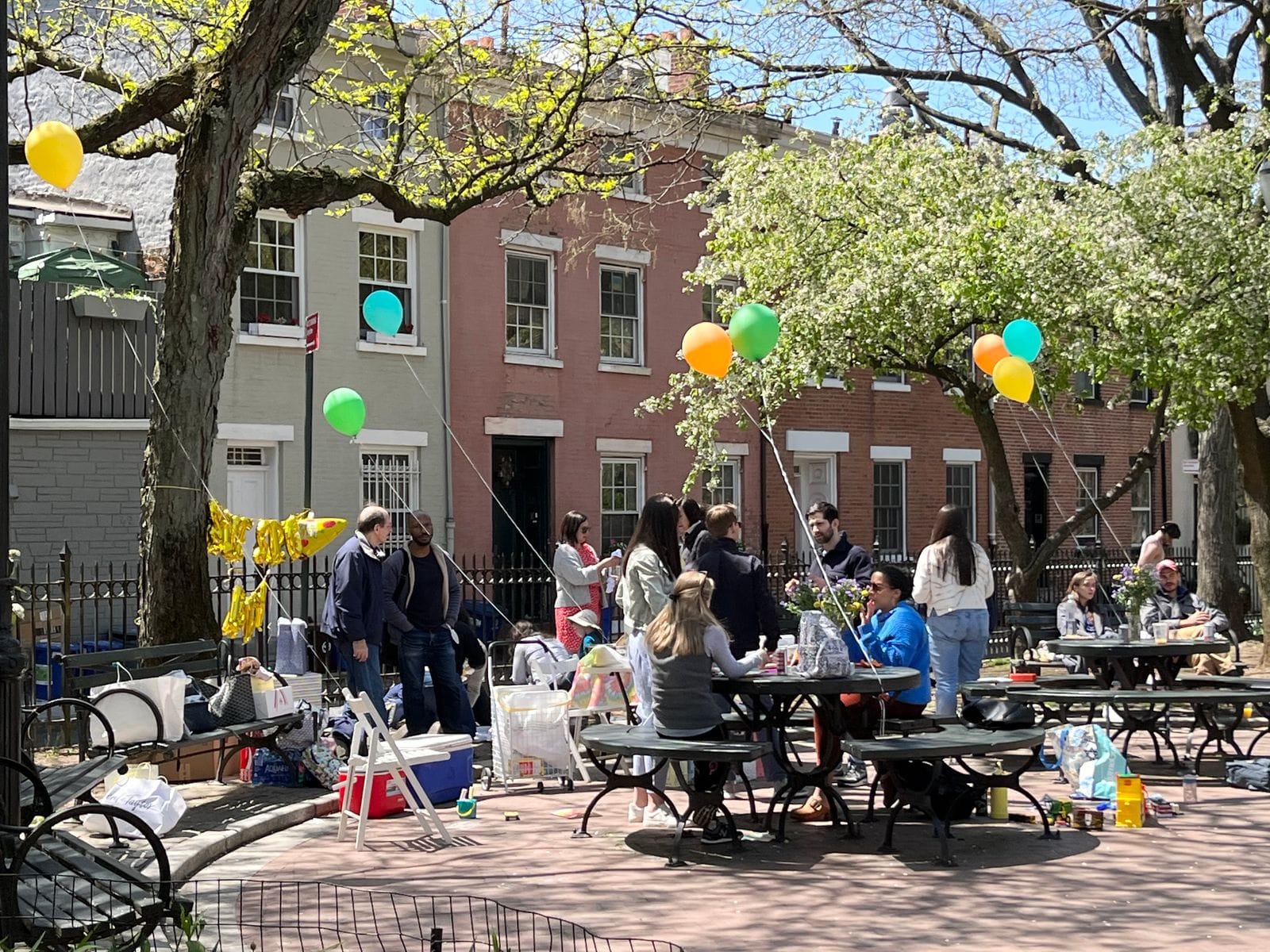
6) They Ensure Accessibility for Everyone – sheds provide handicapped access to restaurants that have steps or are so crowded that wheelchairs and carriages are difficult or impossible to accommodate. With Kathy, my wife, who is in a wheelchair, we cannot eat at some of the restaurants we love because of this. "La Petit Cafe" in Carroll Garden has a main dining area indoors that opens onto lower levels we can't access. However, it had a beautiful shed where we could eat in a truly lovely setting. This will no longer exist after new regulations ban it.
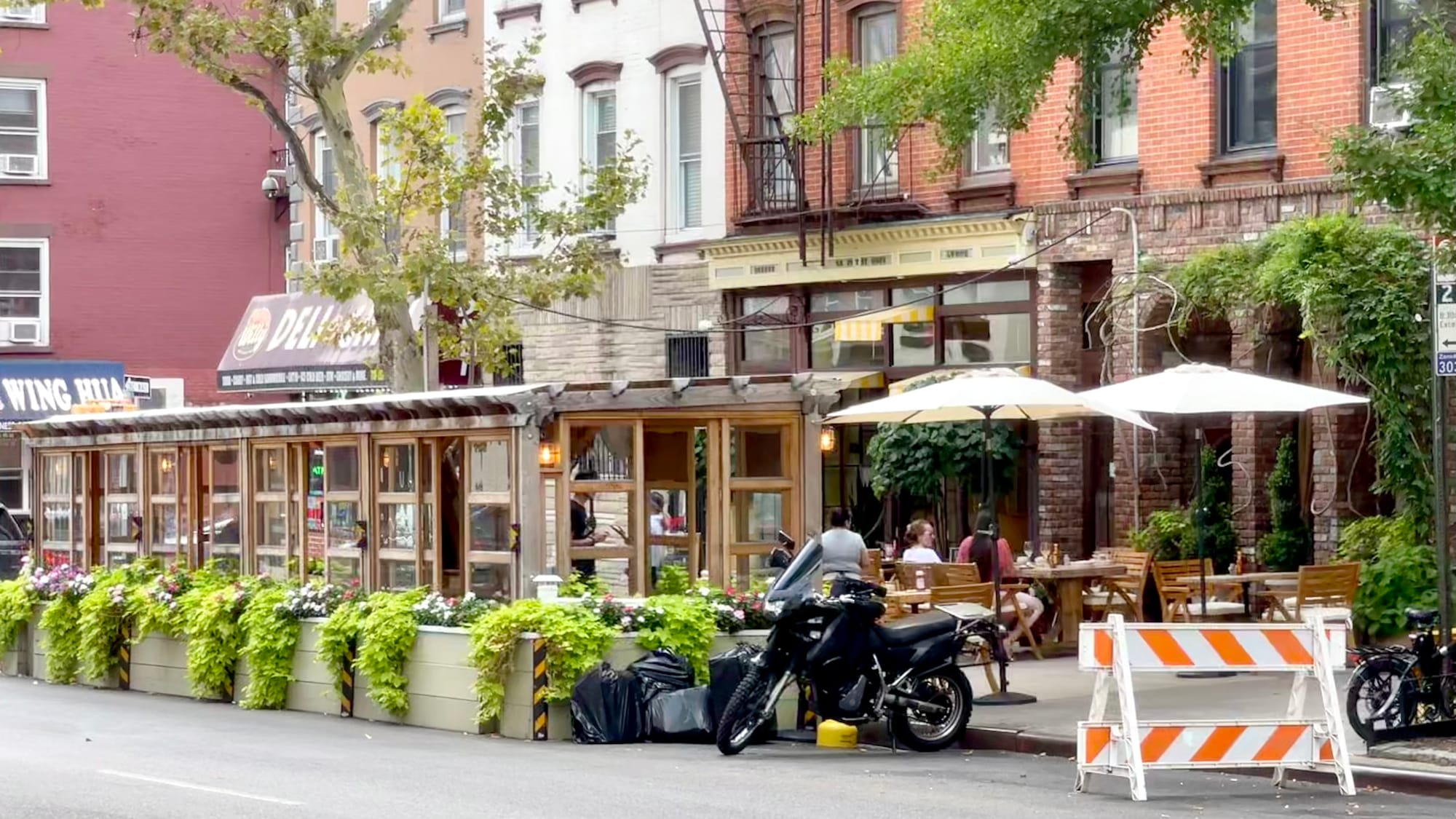
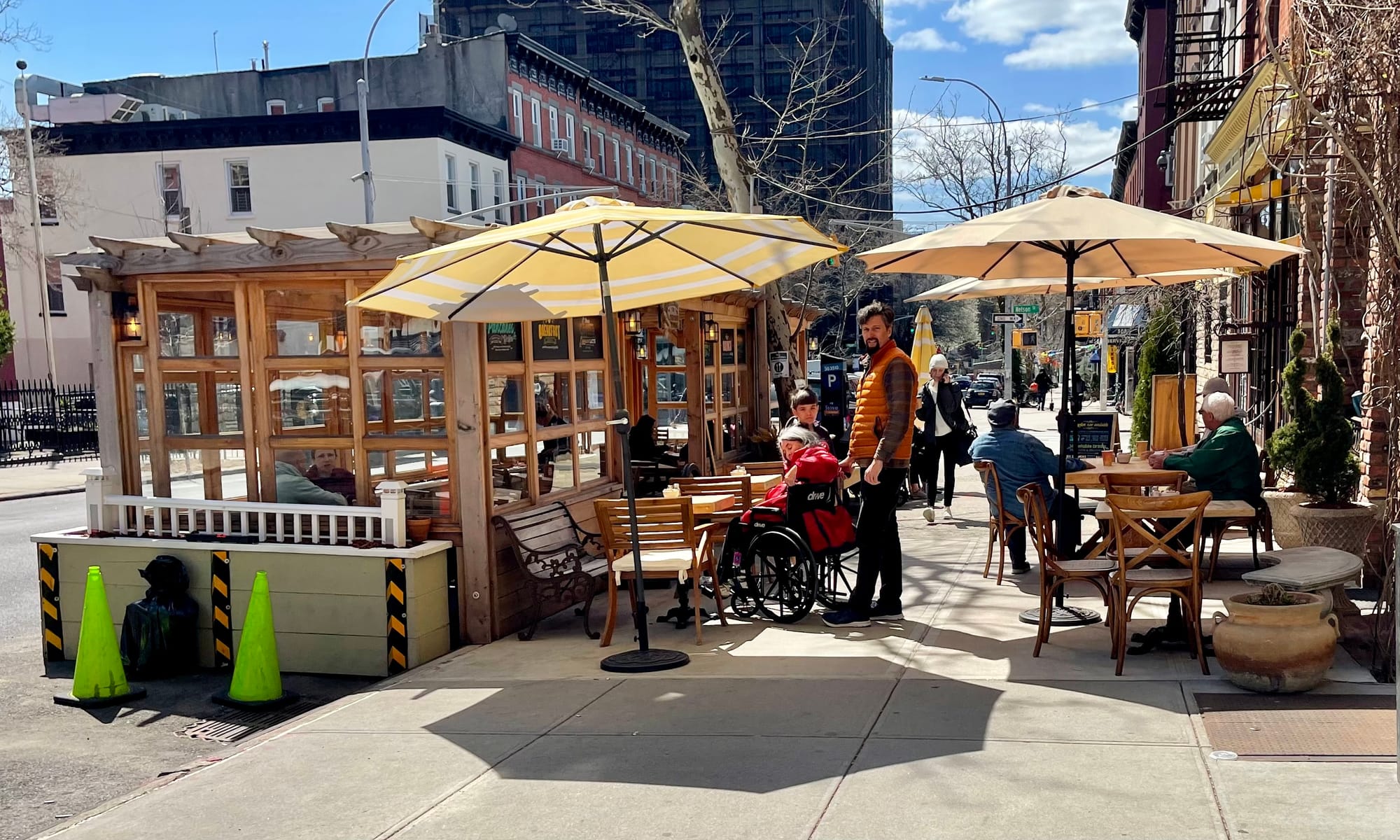
Le Petit Cafe on Court Street in Carroll Gardens
Another example of this on Atlantic Ave is, "Chez Moi" a special restaurant where we could have a great meal and watch the sidewalk "ballet" take place. The restaurant is impossible to get into and out of easily but the shed gave us year-round access.
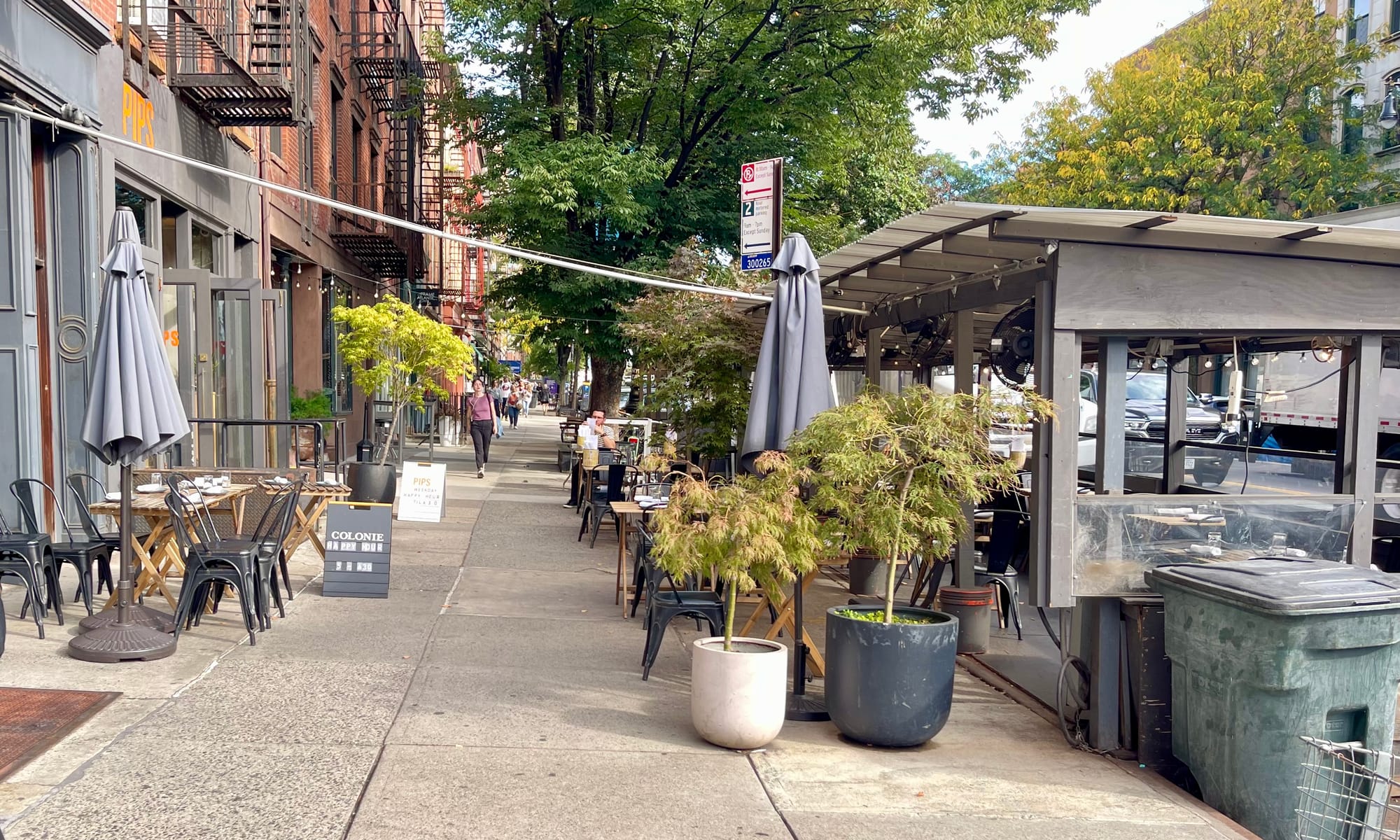
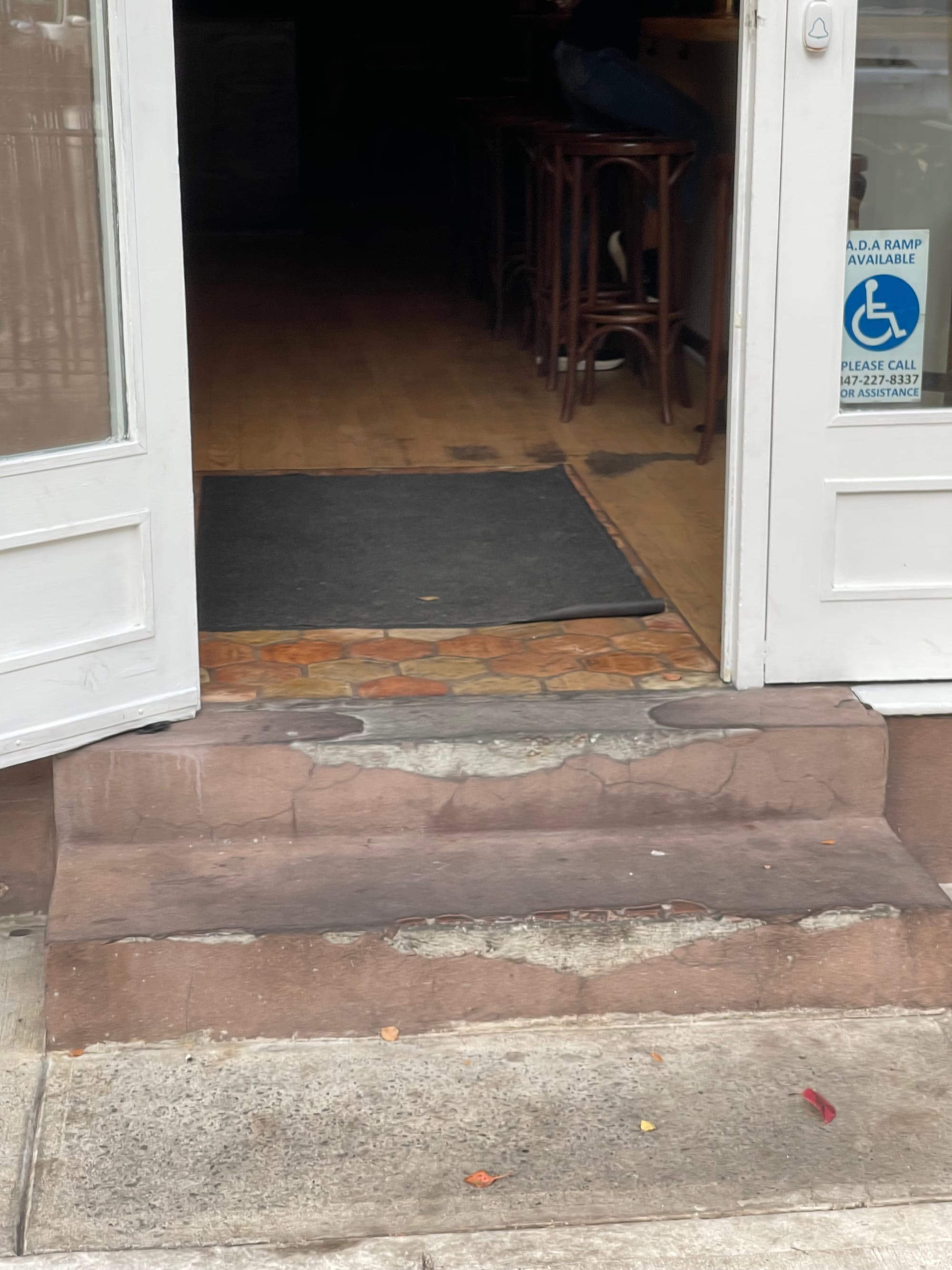
Chez Moi on Atlantic Avenue
In terms of accessibility, outdoor dining sheds also provide comfortable places for families with baby carriages to eat and gather. Without these sheds, many smaller, inaccessible, or crowded restaurants would not be available to families with babies or small children. What's more, the shed offers more informal use of restaurants. Instead of everyone, including little kids, having to sit down for the whole time and be more restricted in their behavior, a dining shed makes it possible to have a more casual meal. It also makes it possible for pairs or groups of families to get together easily.
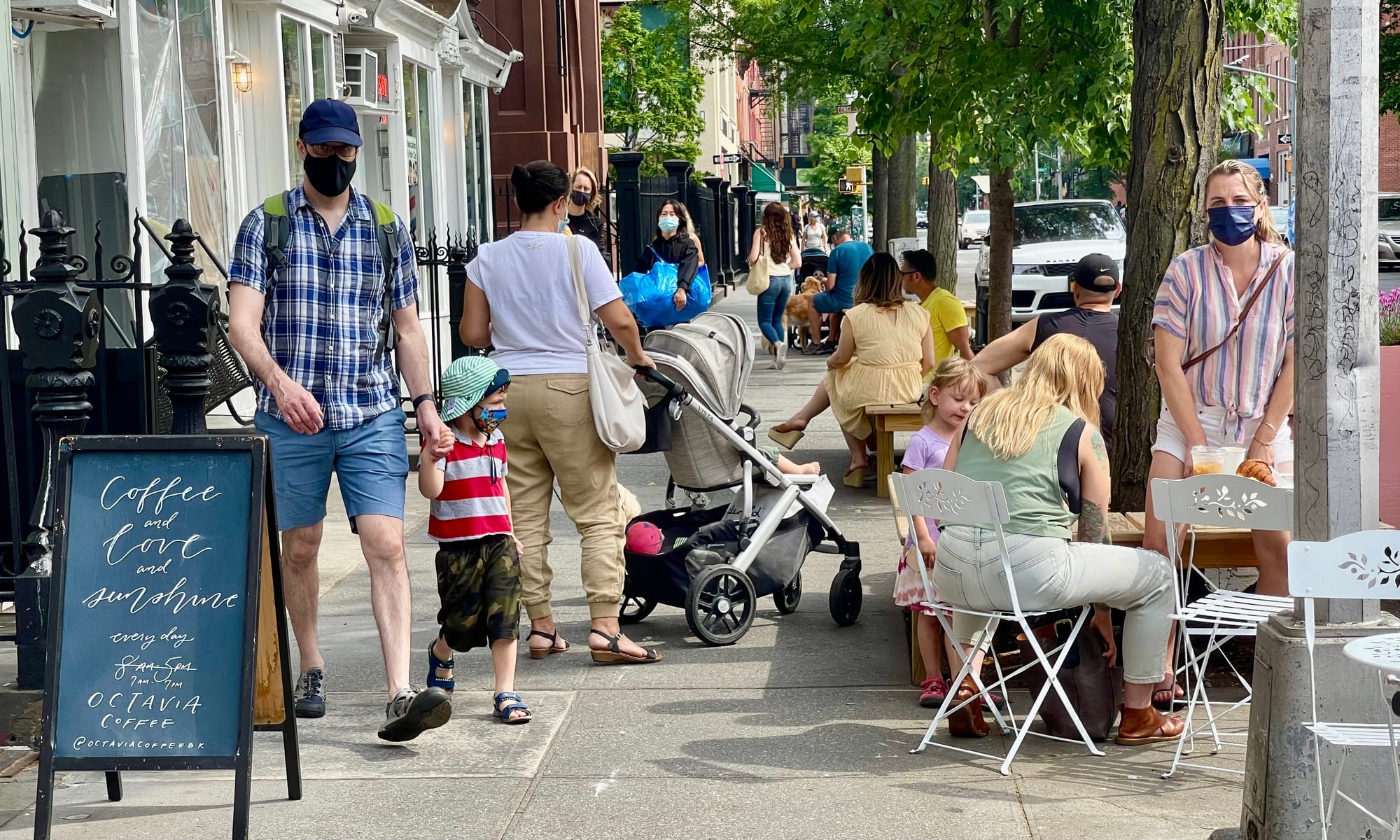
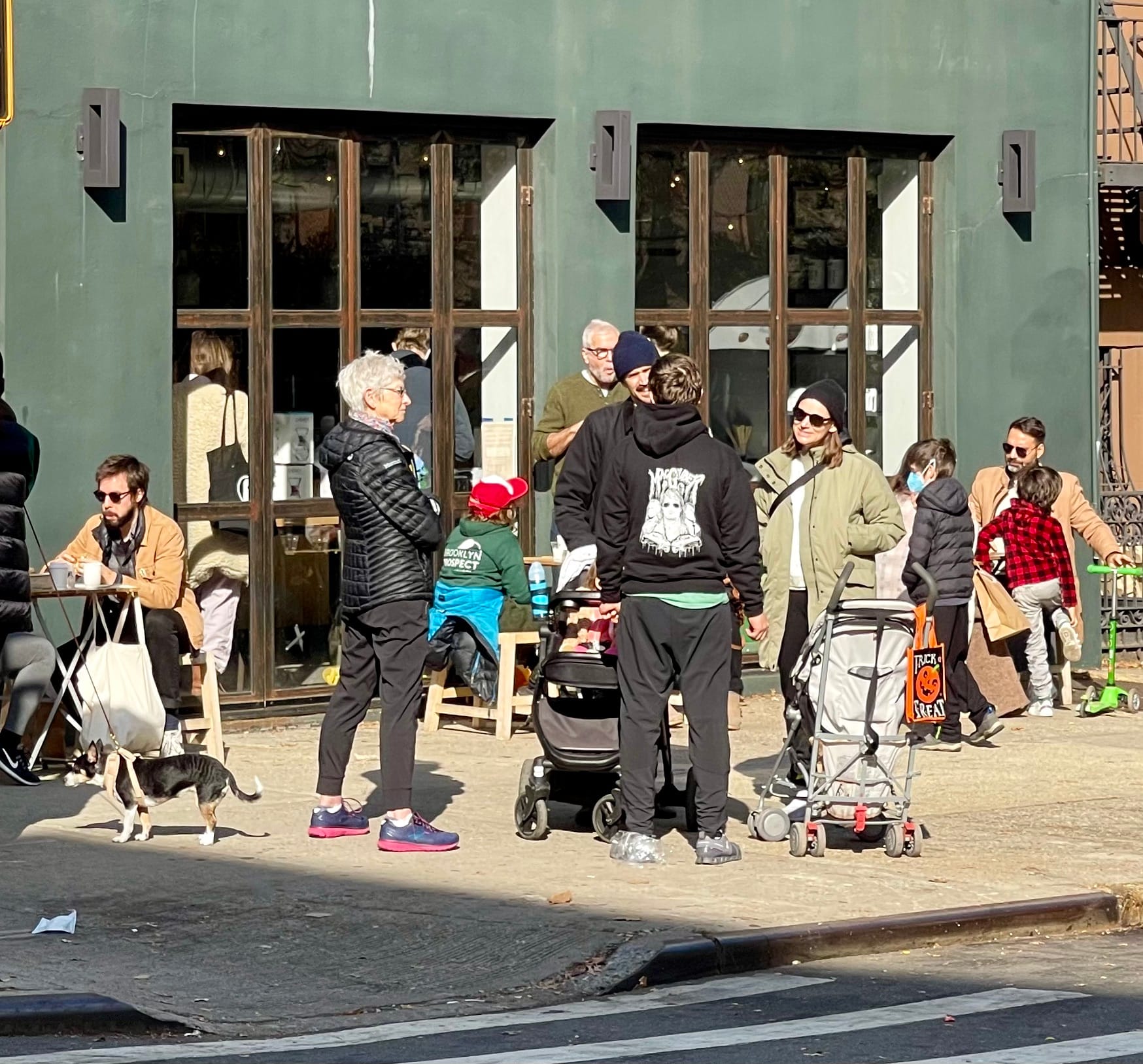
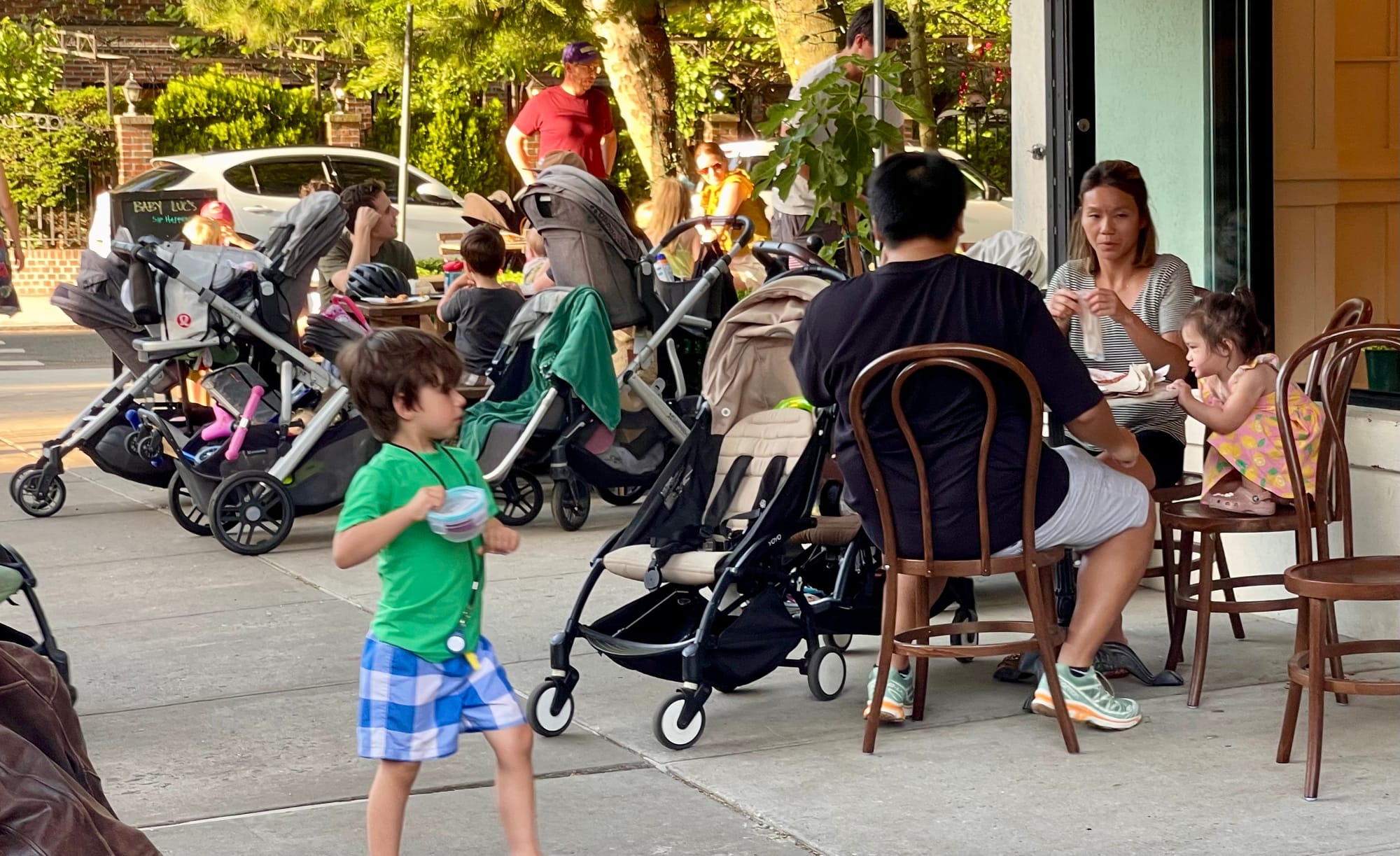
7) They Revitalize Neighborhoods – through what we call "reciprocal gestures," individual interventions like a dining shed can have ripple effects down a whole block. When one dining shed attracts patronage and foot traffic, other restaurants in the vicinity see that and replicate it so as to reap similar benefits. This leads to a broader revitalized area that can spread through a neighborhood and even a city. This is the power of individual catalytic impacts.
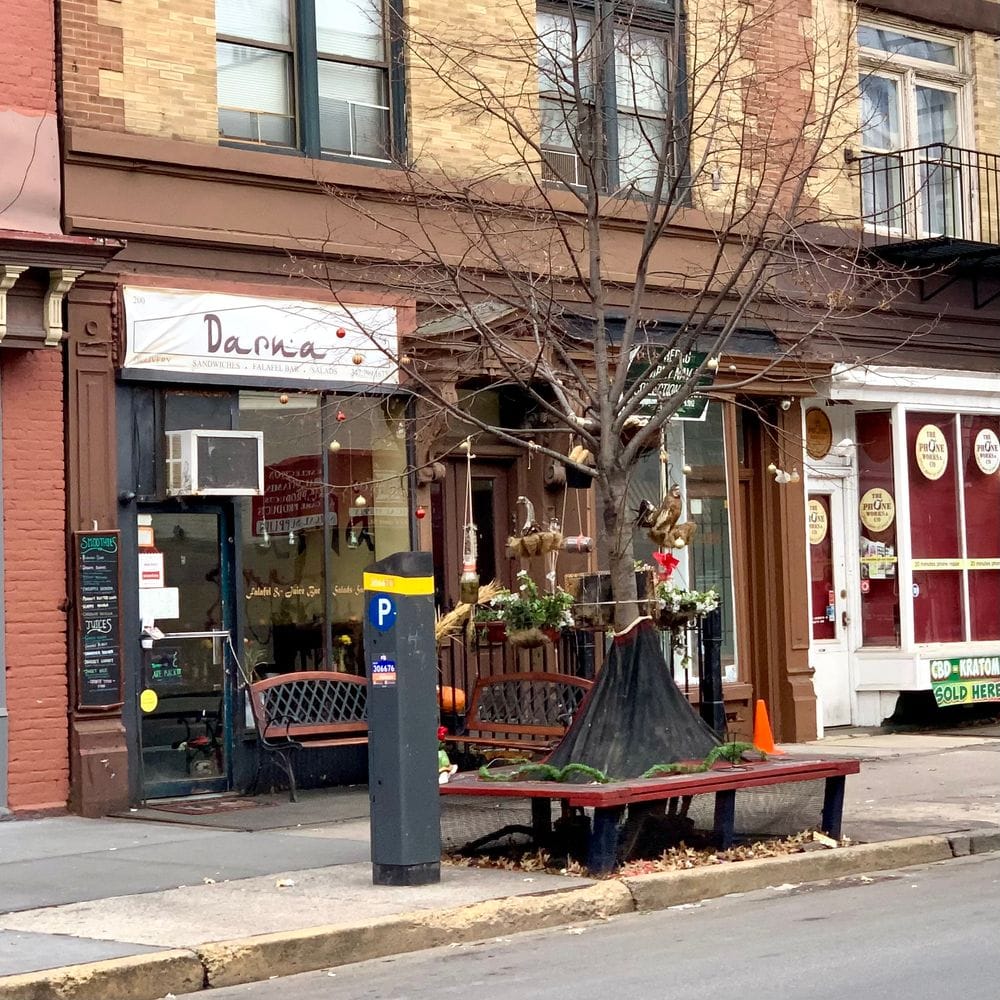
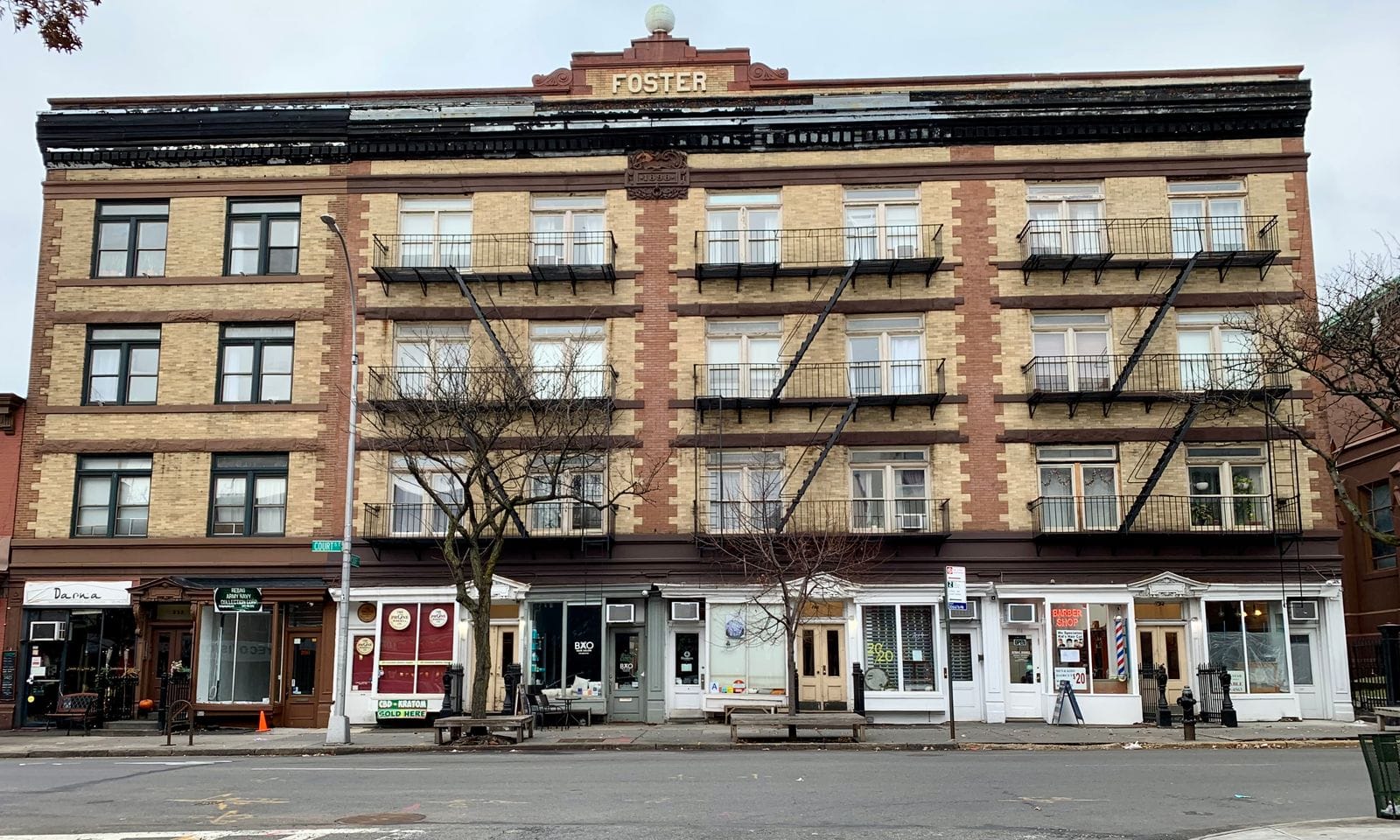
8) They Incrementally Create Main Streets – Dining sheds and other outdoor settings allow communities to get a sense and vision for what their community wants and needs by seeing how people interact with changes to the sidewalk, i.e. public, life. It provided a way to rethink and incrementally rebuild neighborhood "main streets" in a way that is authentic and resonates with residents.
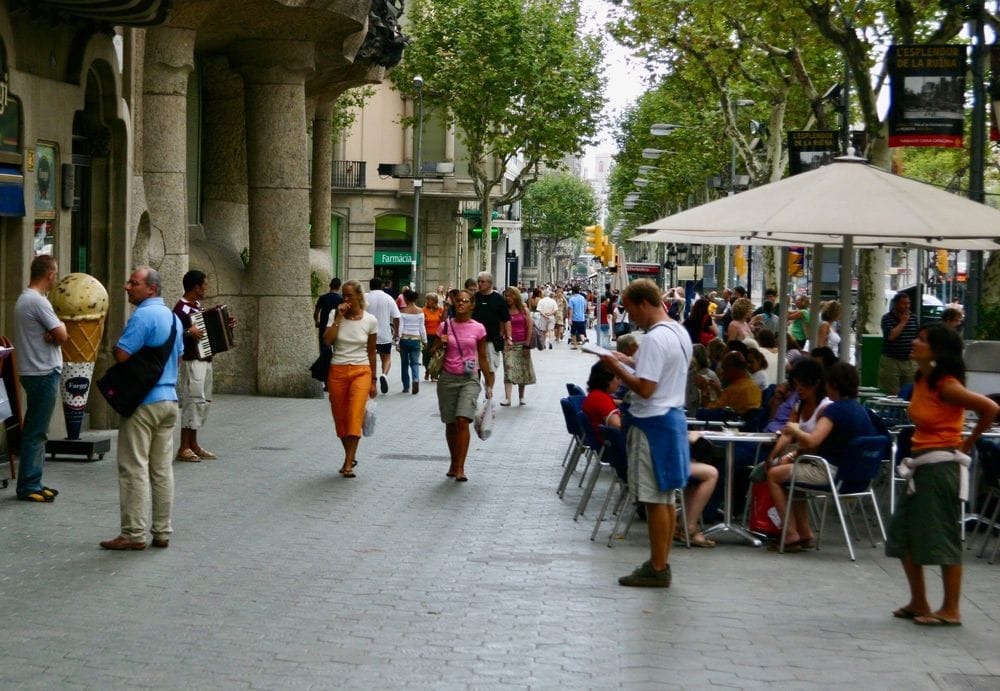

9) They Show Respect to Pedestrians – With the vast majority of NYC residents not owning a car (over 70%), uses aimed at pedestrians respect the value they add to the city without driving. To give most of the street area to cars is to communicate that cars and drivers are more important than non-drivers. What's more, designing for walkability creates and environment where people are not obligated or pressured to own car because everything they need is within walking distance or accessible by transit. Bikes are also a safer, healthier, and more affordable way of traveling, especially to nearby destinations.
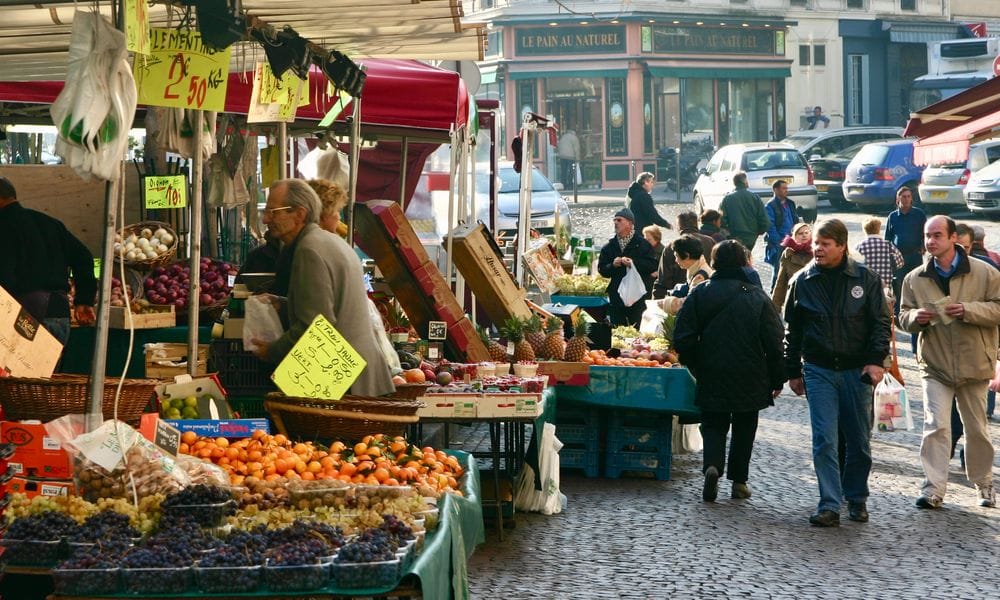
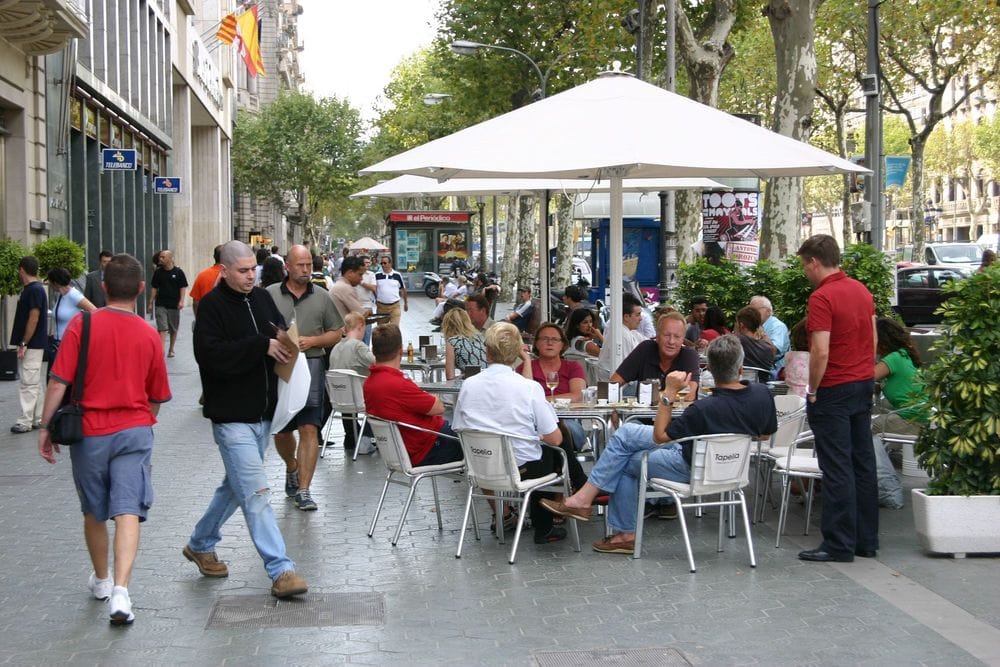
10) They Open Up Views – Having cars parked along streets, especially the newer, higher SUVs, blocks people's view of what is happening on the sidewalks, drawing in fewer people to participate in sidewalk life. This negatively impacts businesses as well as the experience of being in the community.
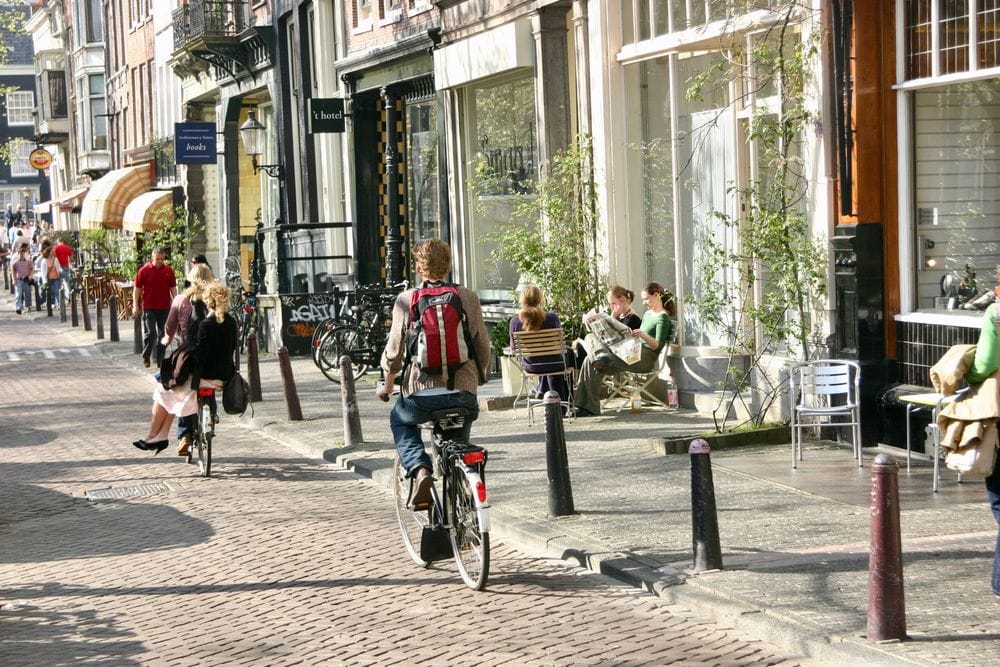

11) They Bring Vibrancy to Neighborhoods – Dining sheds and outdoor offerings make it so people don't have to leave their community to find desirable places to gather, connect, and explore. Instead, these places add value to residents' neighborhoods by reintroducing vitality and fun.
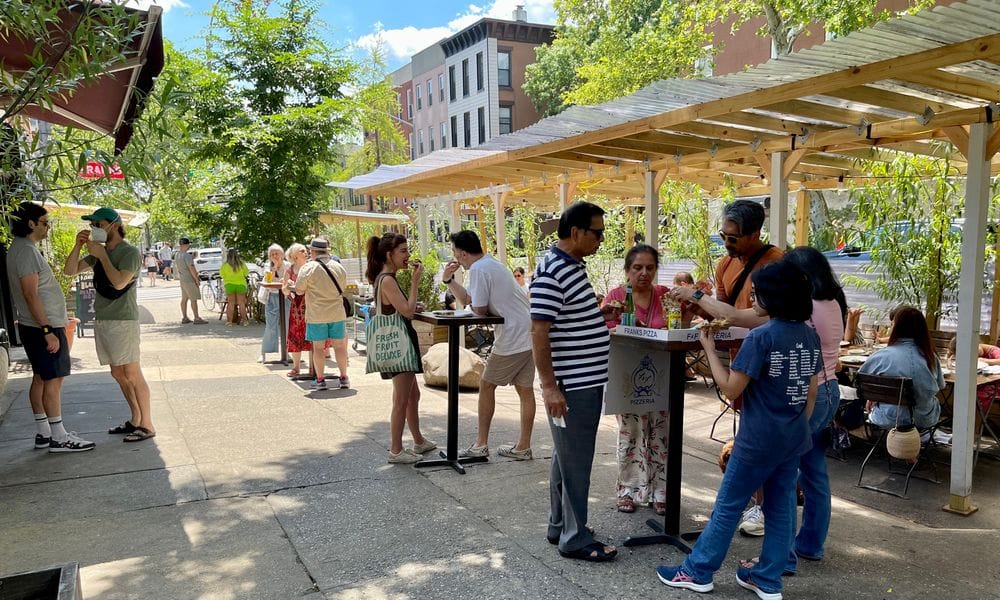
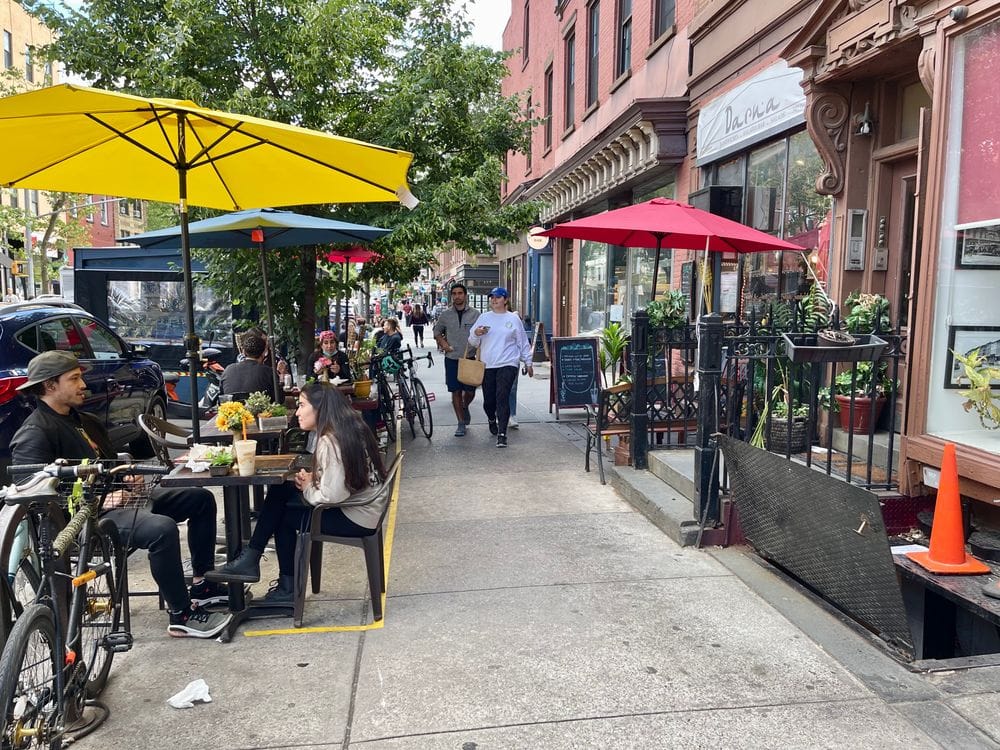
12) They Improve Safety:
- Cars Drive More Carefully – Vehicles drive faster and streets are less safe when they are just "faceless" tunnels with nothing going on at their edges and no social or commercial activity to create "visual friction" for drivers. These generic tunnels don't lead to any understanding of or interest about the neighborhoods they cut through, making it so drivers don't feel bad speeding through them. The opposite happens when you activate the street edges with businesses and social life. Drivers realize they are sharing the space and drive more carefully.
- Safe Areas for Kids – kids can roam free on sidewalks at an earlier age when cars slow down and "double loading" creates a kind of barrier of amenities between the pedestrian walkway and the street. Also, when this happens and people are seated outside, neighbors become part of the "protective layer" that keeps an eye on roaming kids, enhancing their safety.
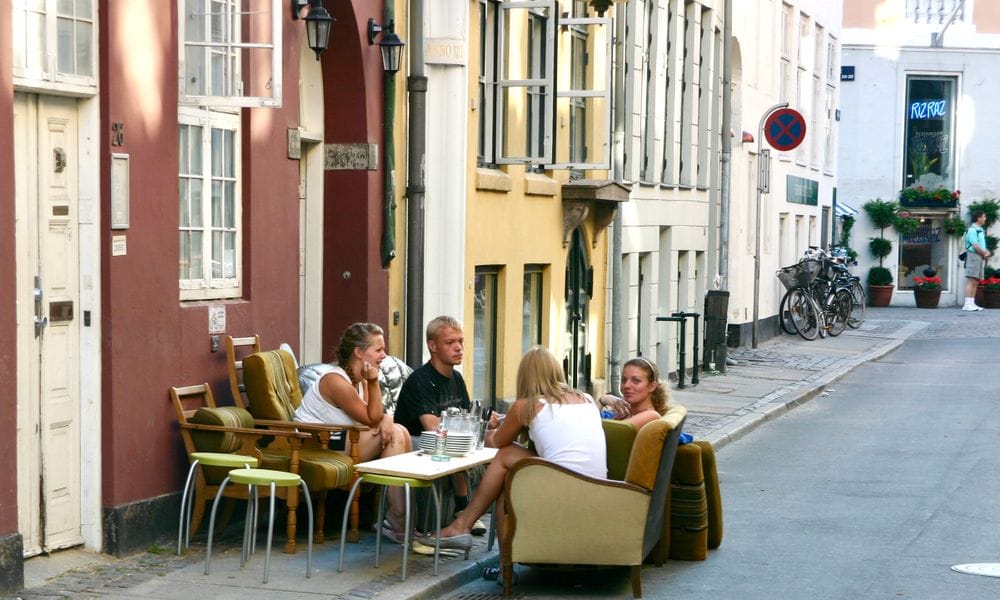
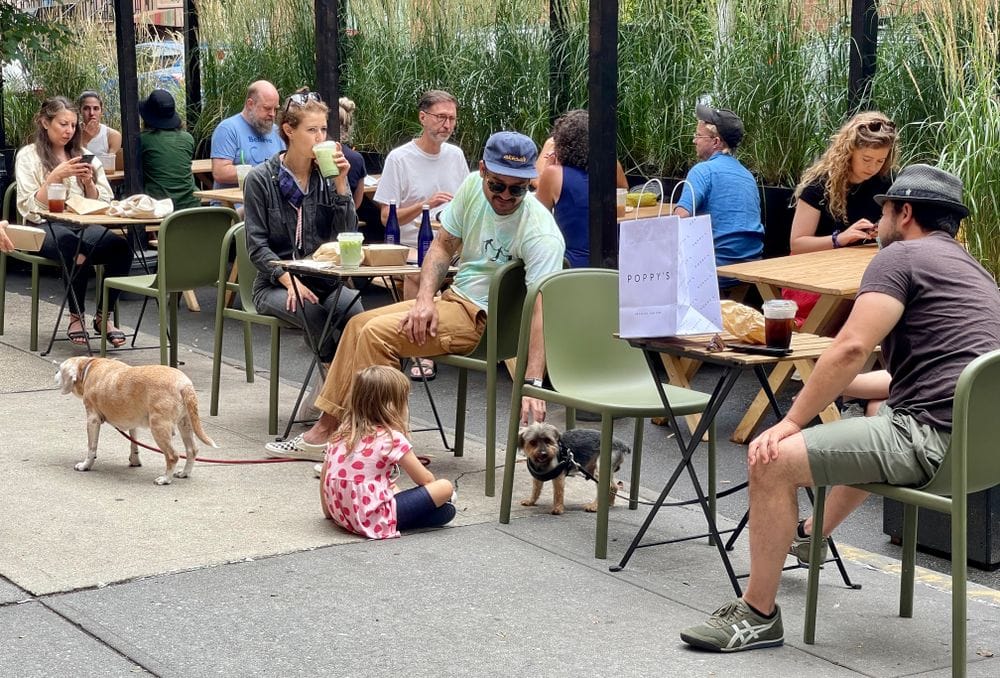
Double-loaded sidewalks create a protected zone on heavily trafficked, hostile streets such as Brooklyn's Atlantic Avenue between Smith Street and Hicks (as well as the connection to Brooklyn Bridge Park). The dining sheds there protect/create safe zones on sidewalks where people of all ages can feel safe and enjoy the many restaurants that create a "Restaurant Row" along the North side of Atlantic Avenue.
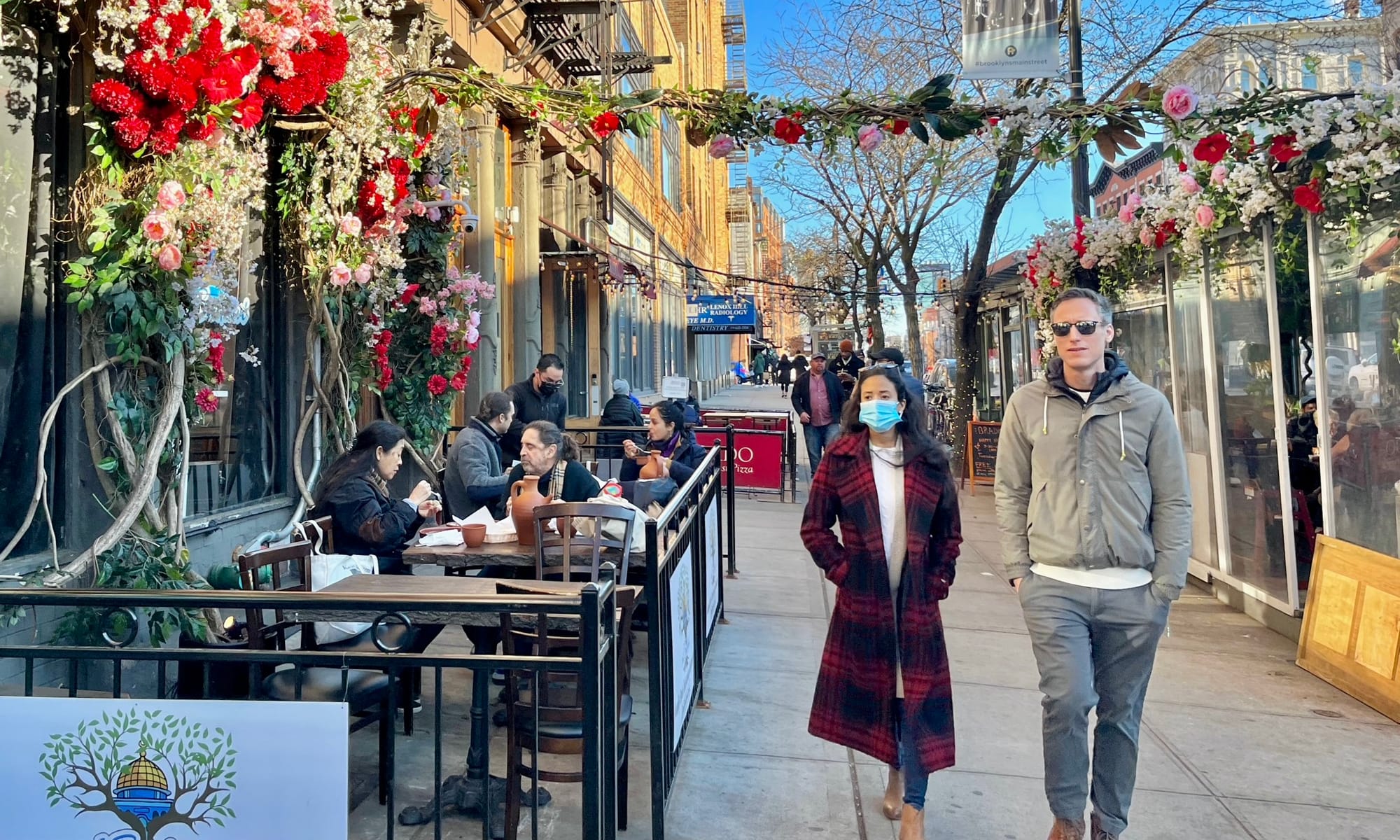
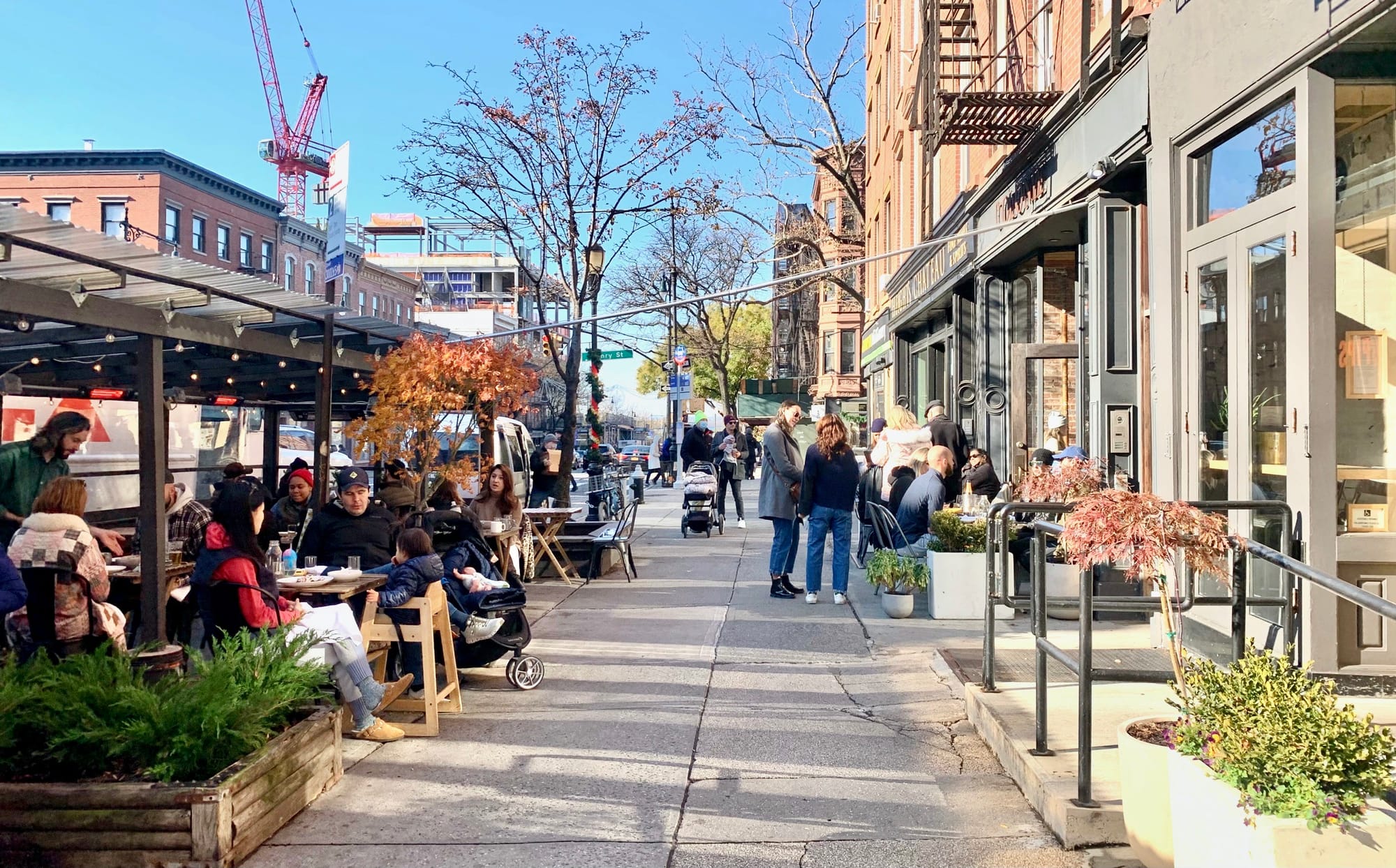
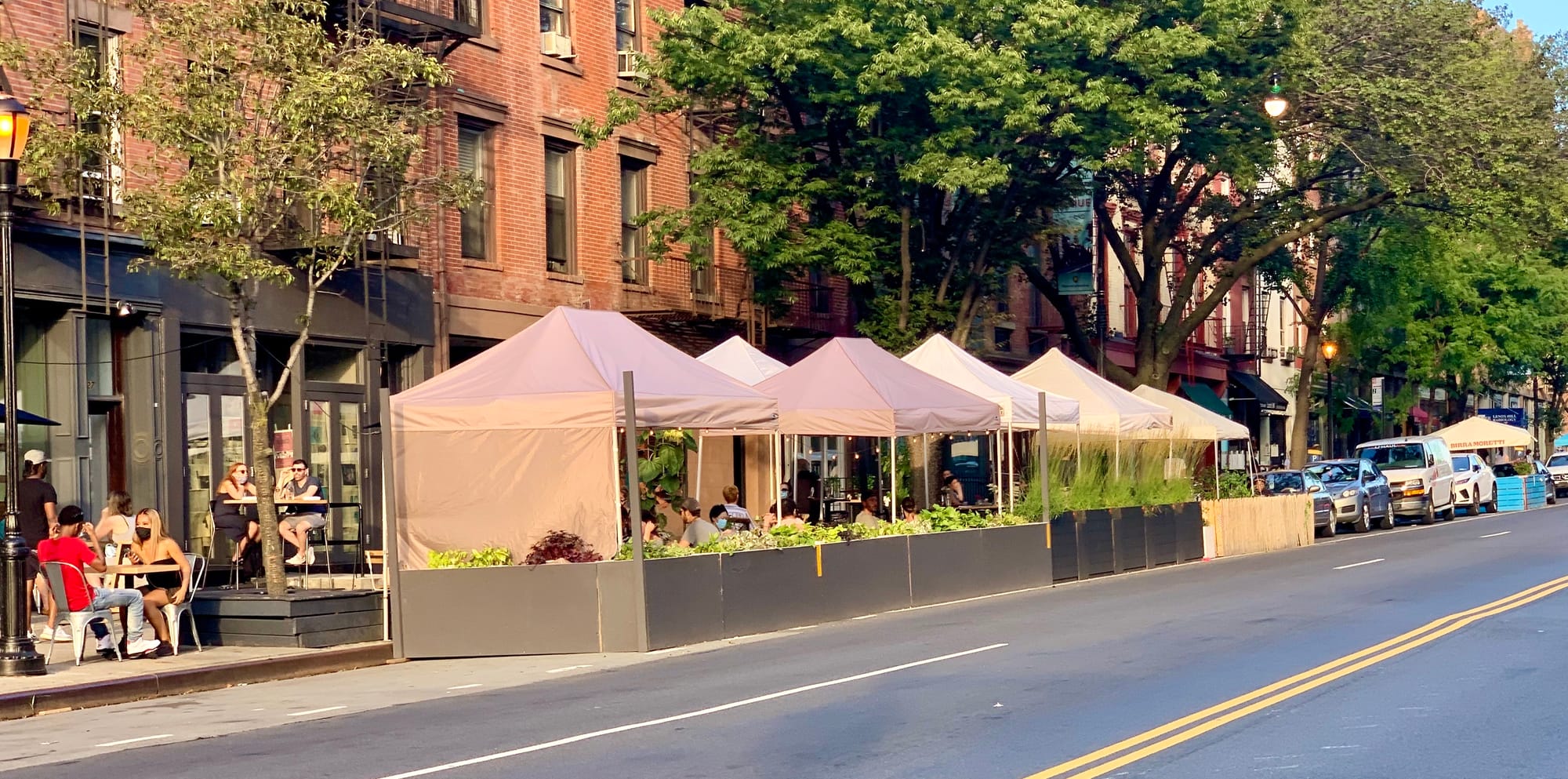
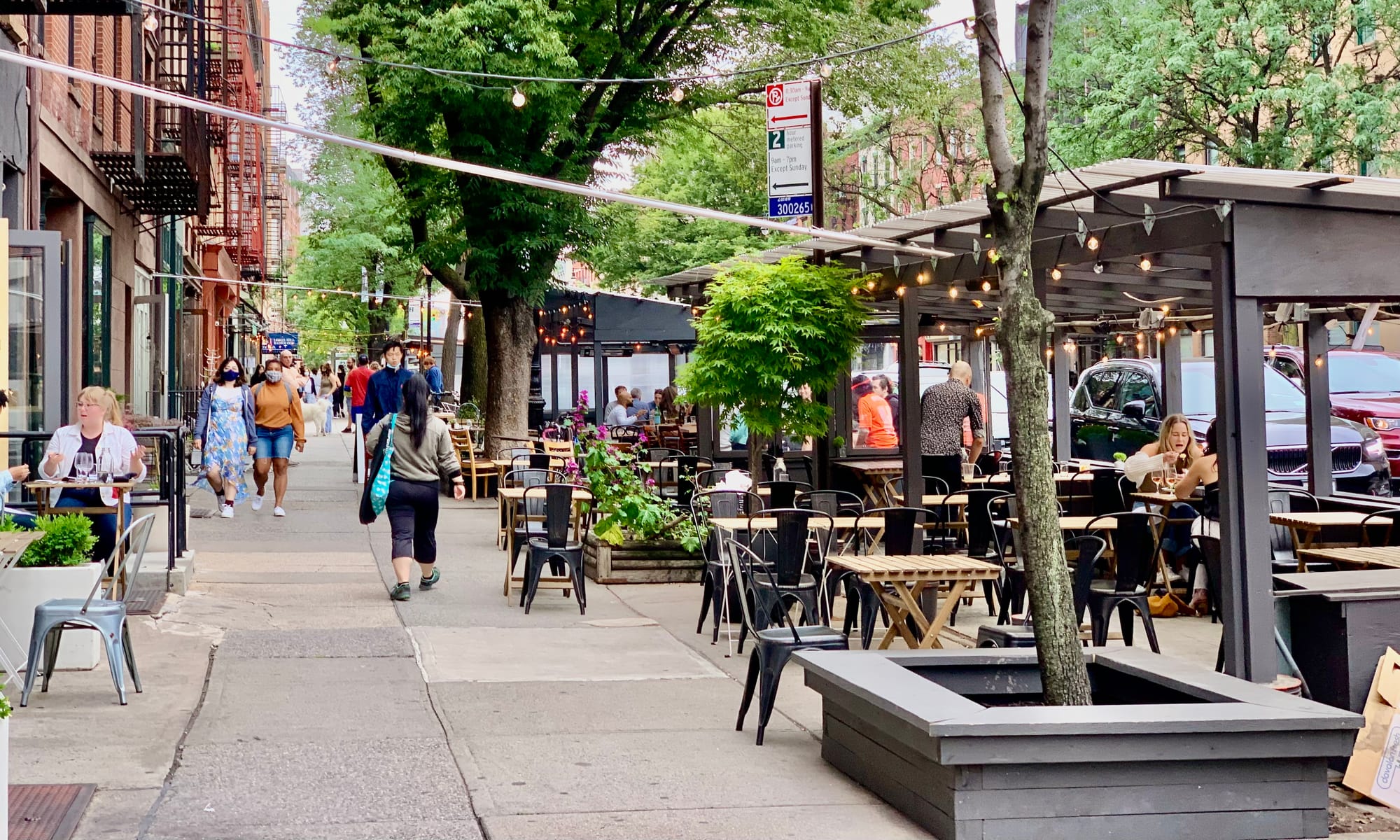
13) The Sheds Become Community Institutions – Many sheds have become community institutions as residents flock to them on a regular basis, creating a heart of community life. For example, with the soda fountain Farmacy (below) there is no requirement to purchase something in order to hang out. Thus, large numbers of local residents have made it their daily gathering place. Their activity at the corner then draws interest and clientele to one of Brooklyn treasures because nothing attracts people like people.
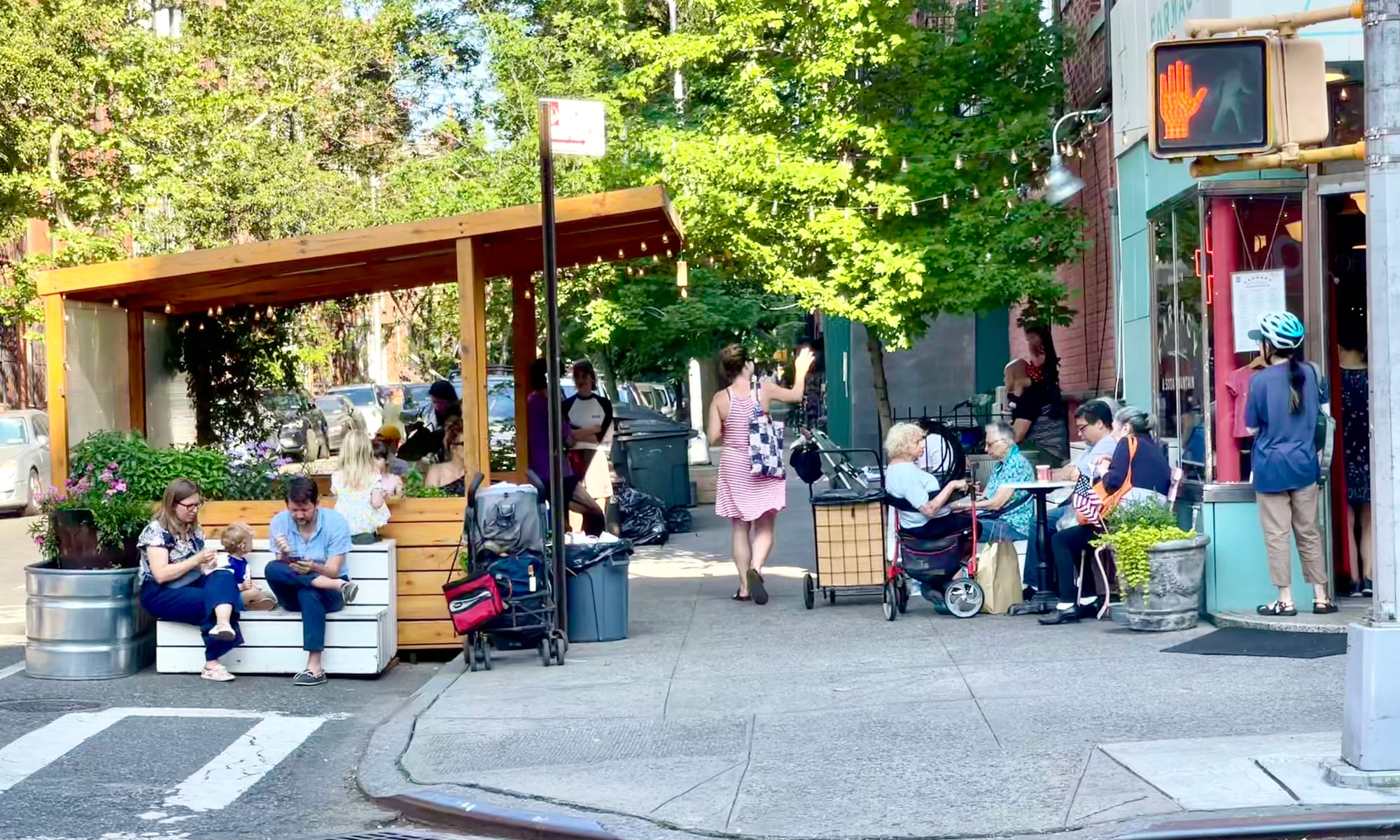
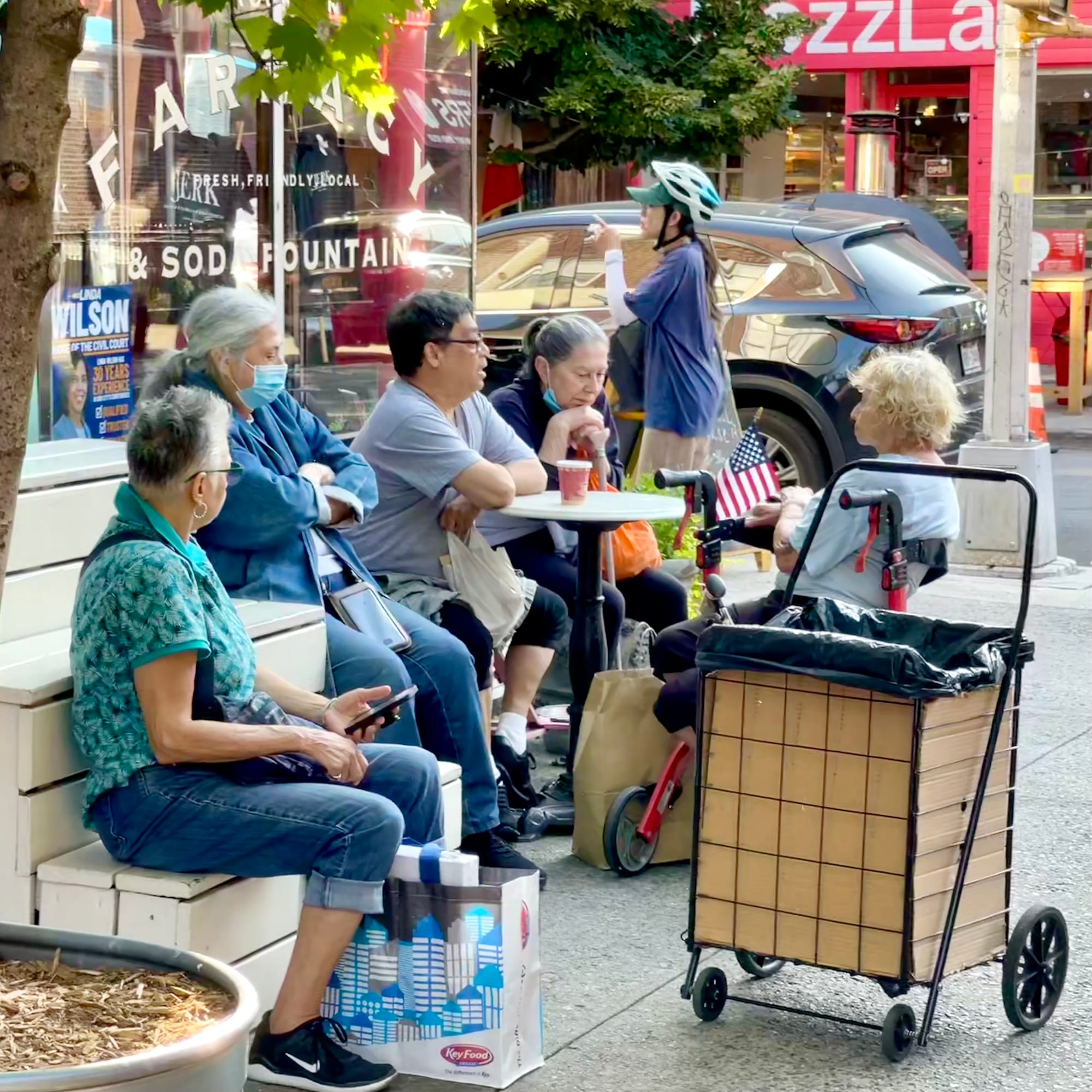
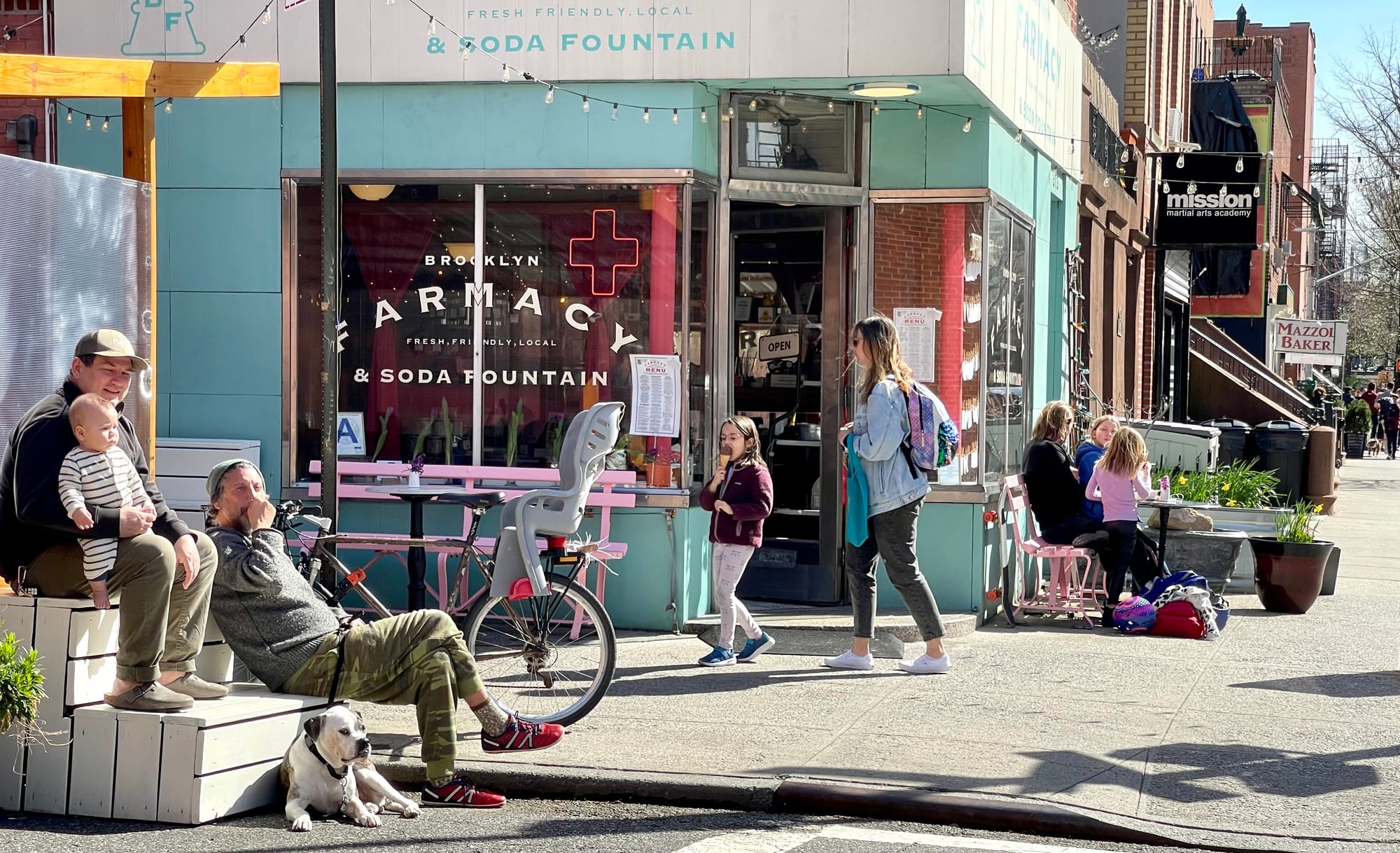
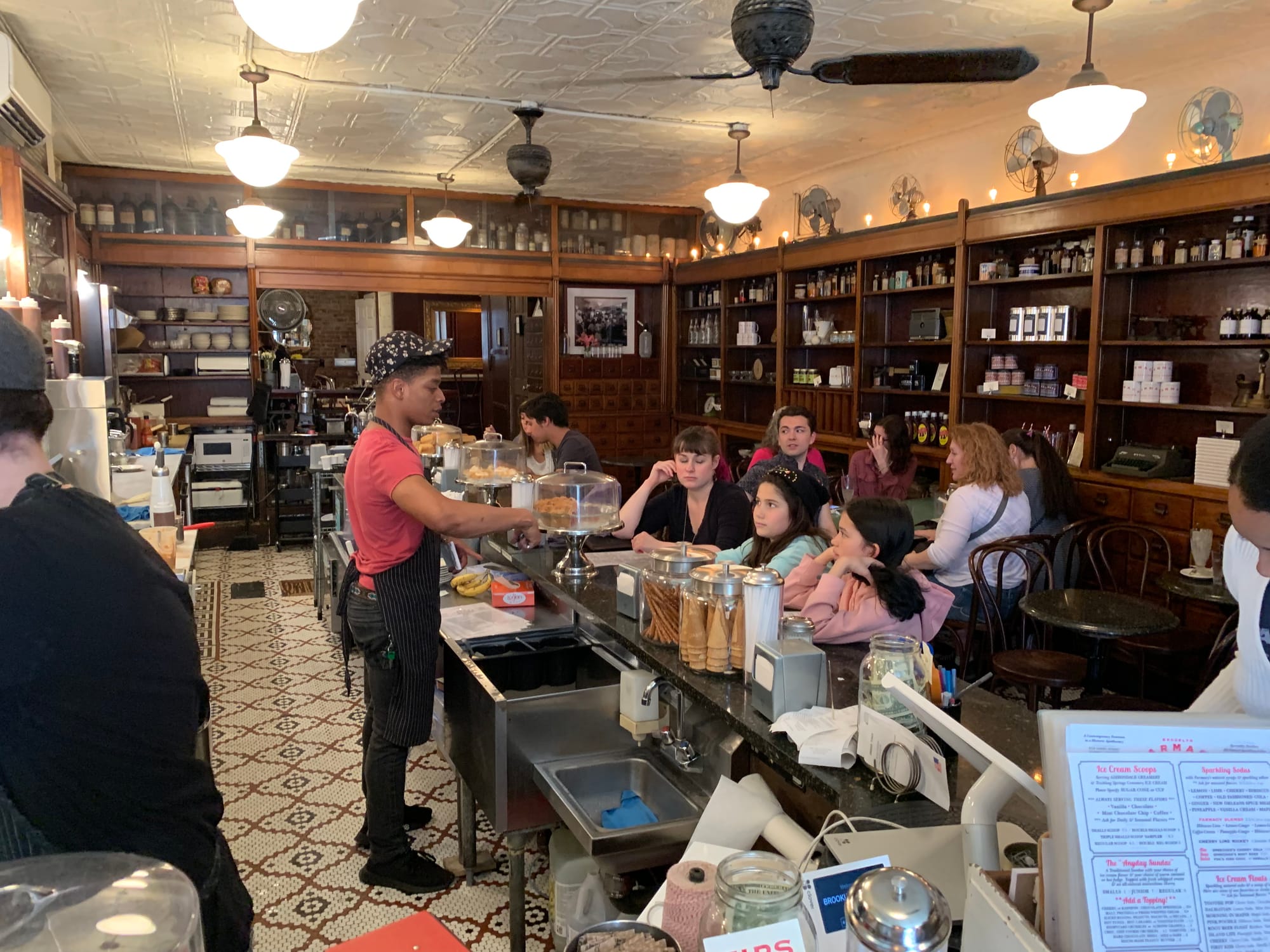
14) They are Good for Mental Heath – dining sheds are key to reducing isolation and loneliness in our neighborhoods because they activate the public realm with social activity and opportunities to connect with neighbors. They also reduce anxiety because when a street is dominated by the sounds, smells, and risks of traffic it causes significant levels of stress. Dining sheds protect/create safe zones on sidewalks where people of all ages can feel safe, comfortable, and connected as they engage with social life.
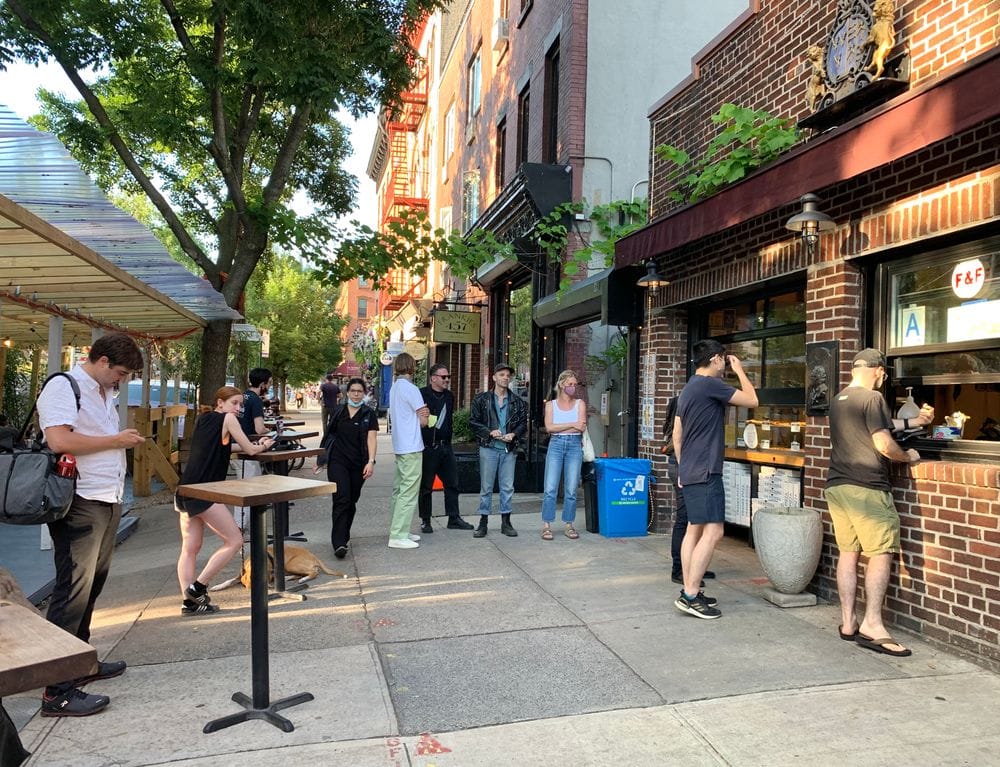
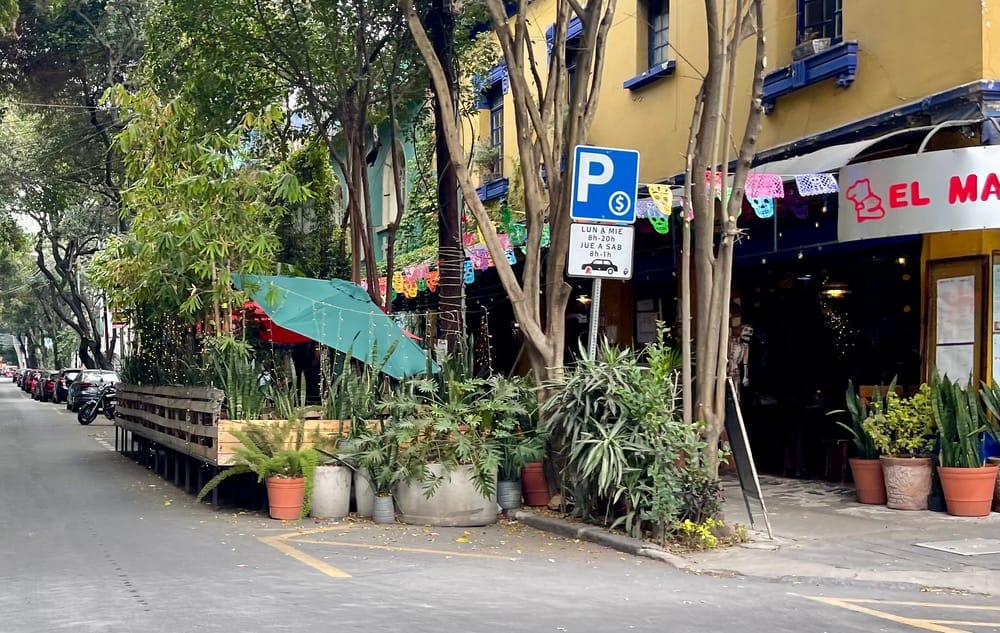
NYC and cities like it need dining sheds. They provide a unique good to urban life that cannot be replaced, even by sidewalk dining. The fact that they are on the street means they take back space from cars and give it to people and communities. The fact that they are between the sidewalk and traffic means that they create a barrier between pedestrians and vehicles which makes the public realm a safer and more comfortable place to be. And the fact that they are "sheds" protects the people in them from elements like sun and rain, making the prospect of being outside more appealing. It gives them the sense of being destinations in and of themselves.
Taking out the dining sheds was a huge hit to the vibrancy of NYC life which we are just starting to feel. The more sheds that come down due to the new regulations and the more the sheds which stick around change their design to be generic and simple, the more we'll understand how the city's soul is being whittled away along with them. Dining sheds and outdoor seating are popular worldwide. They have become a hallmark of the most beloved, thriving cities. A city of world renown like NYC needs to catch up to this practice rather than holding itself back and clinging to a traffic-dominated past that wasn't great to begin with. The era of car-centrism is ending and we need to keep up with the times or risk being left behind. Dining sheds are an important step forward.
